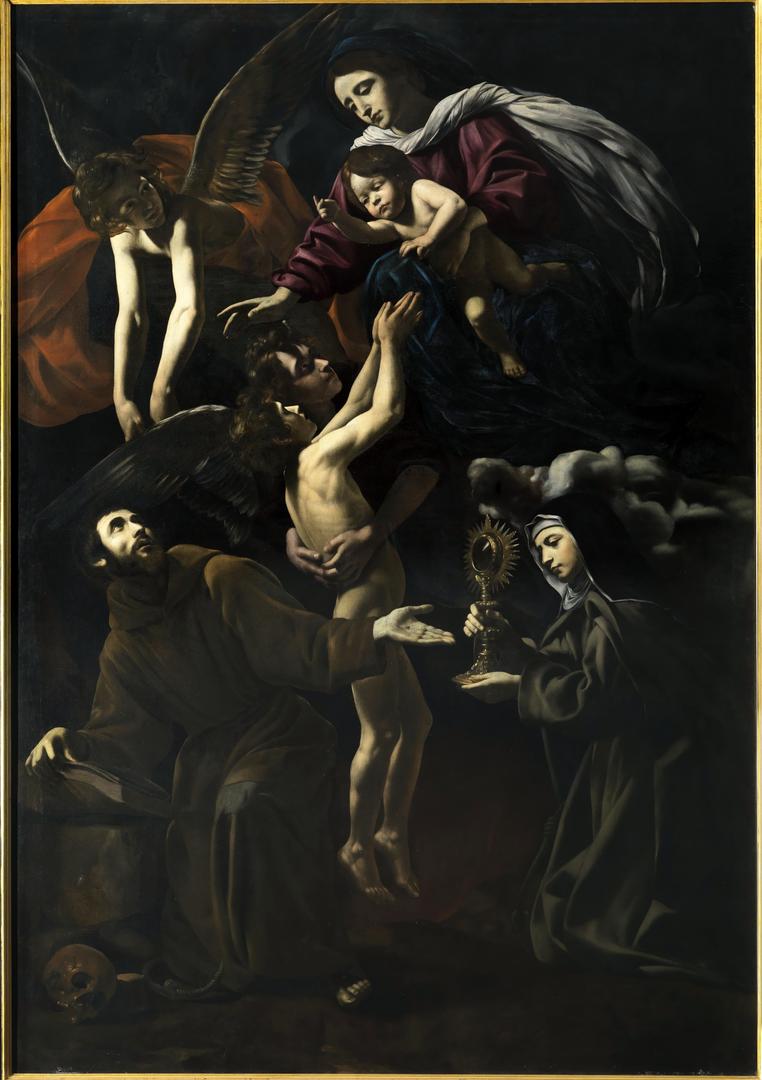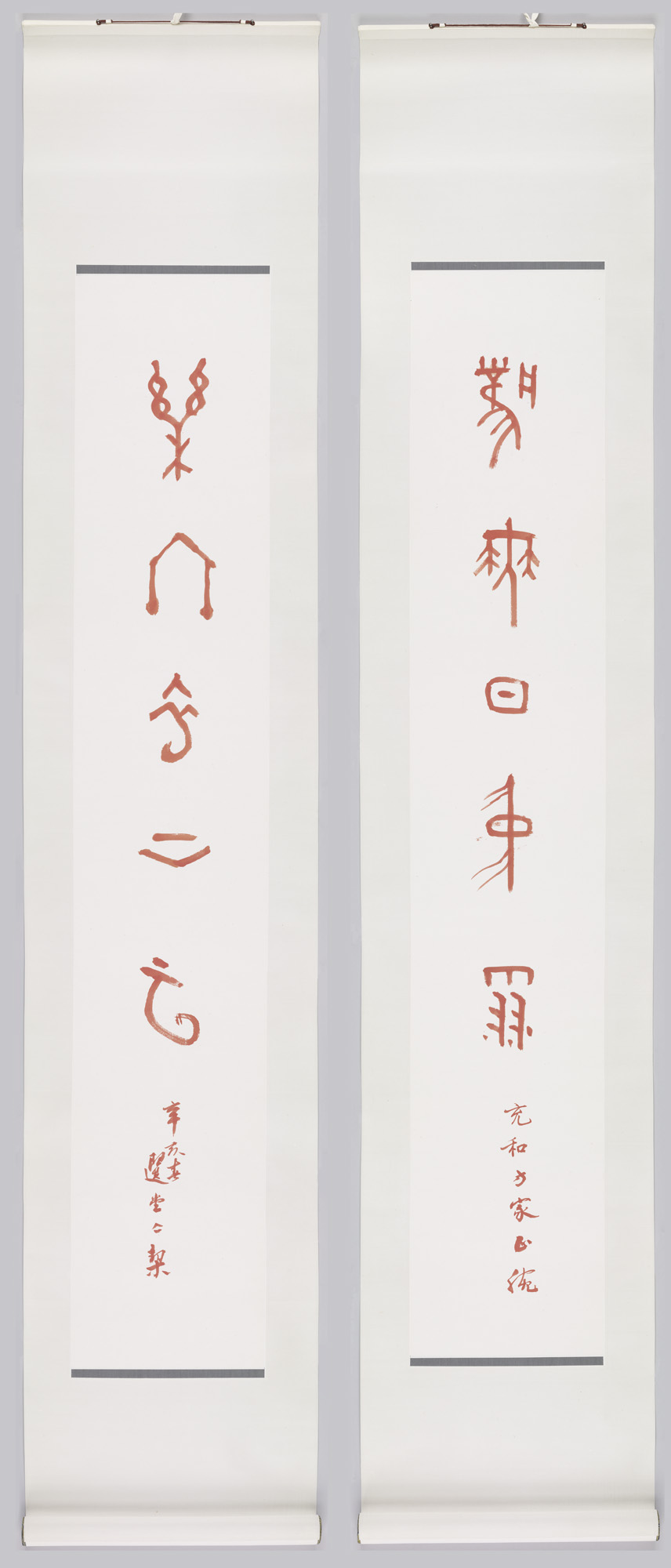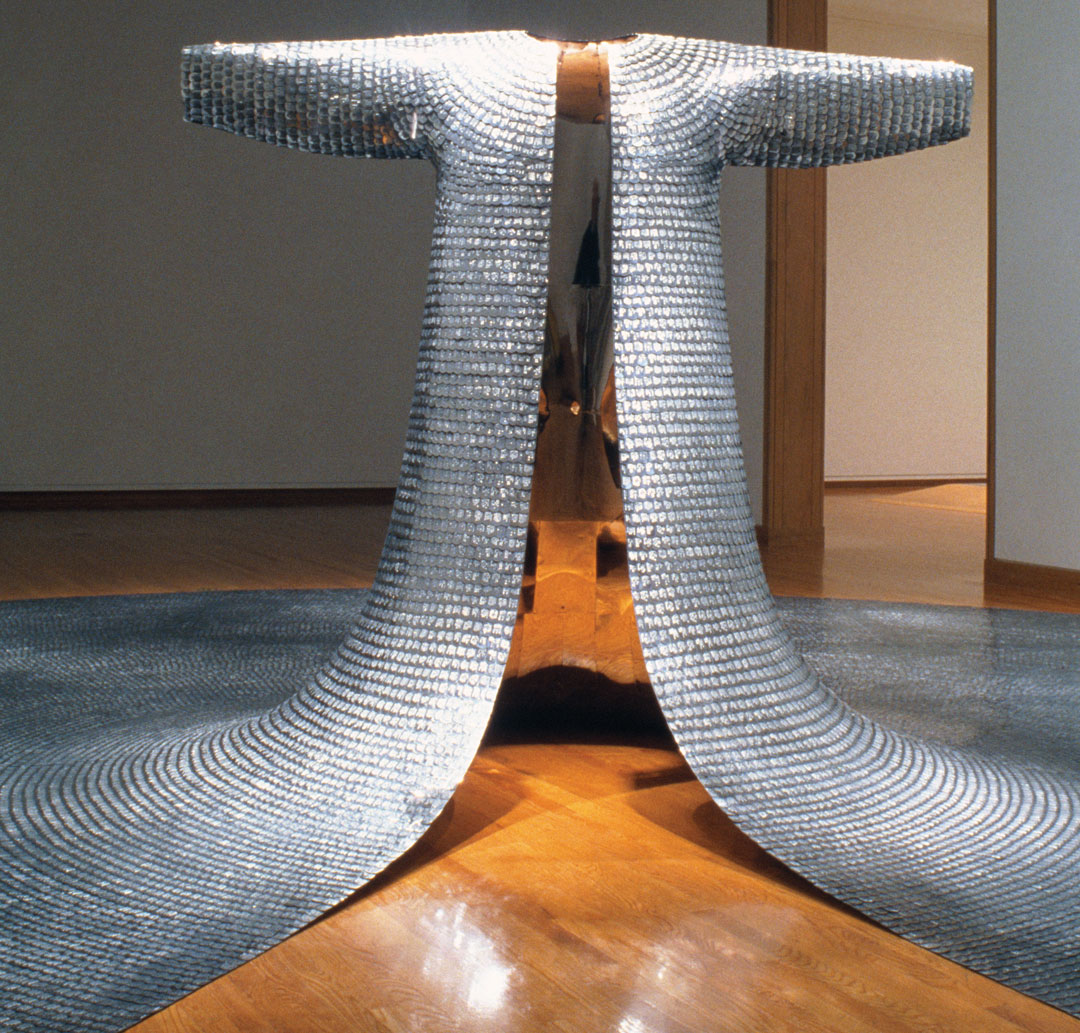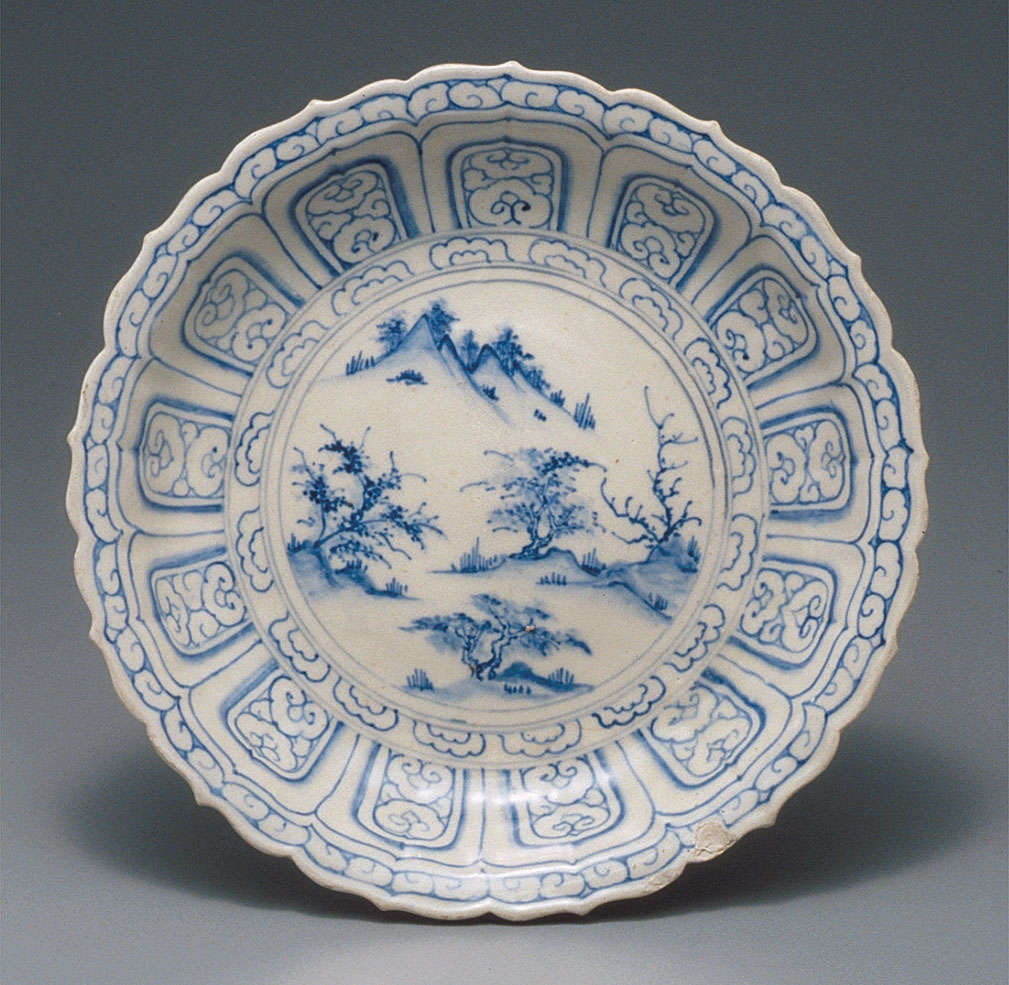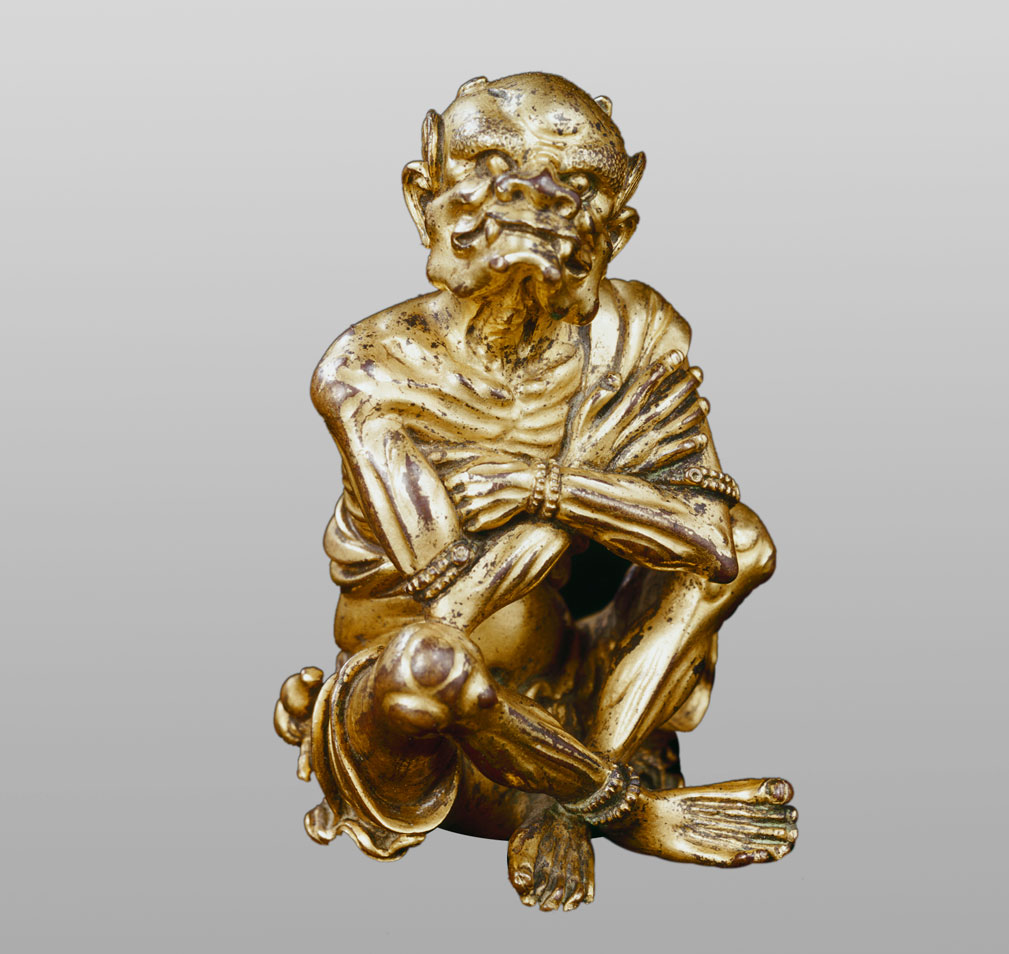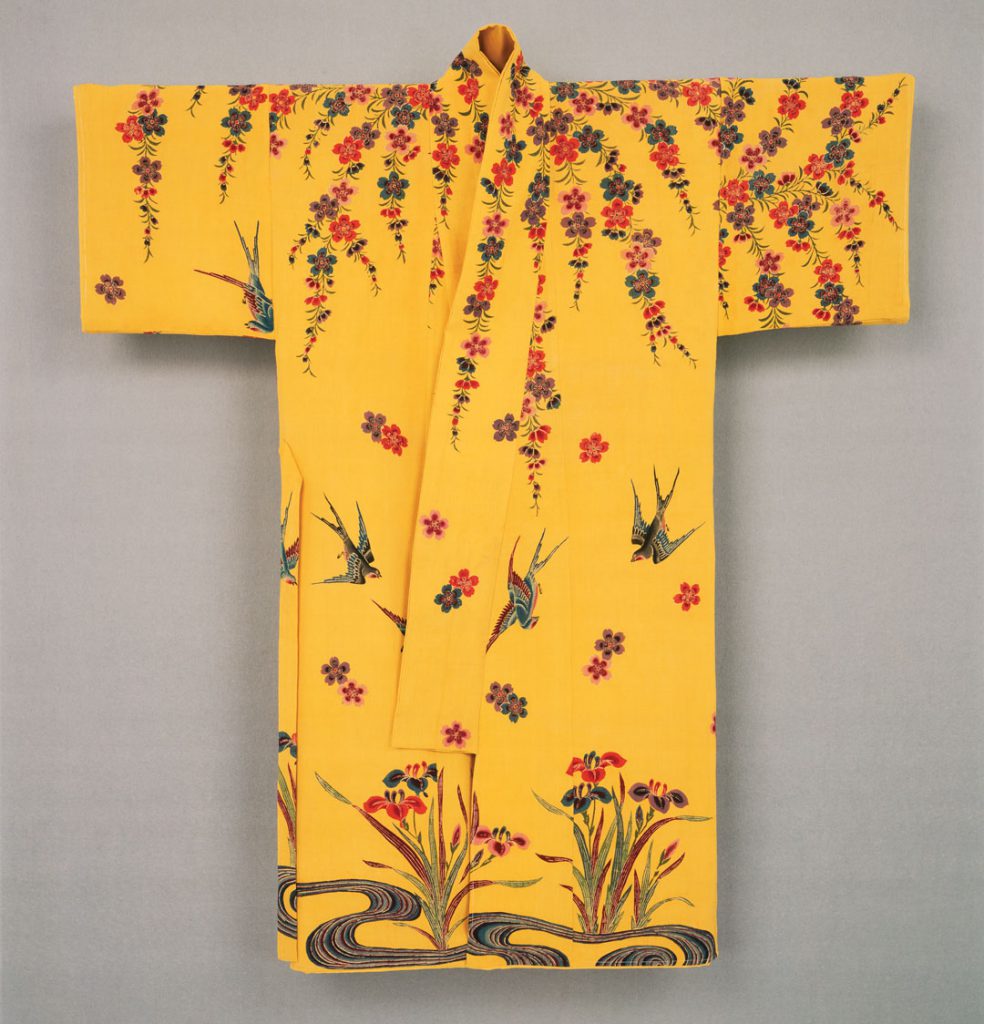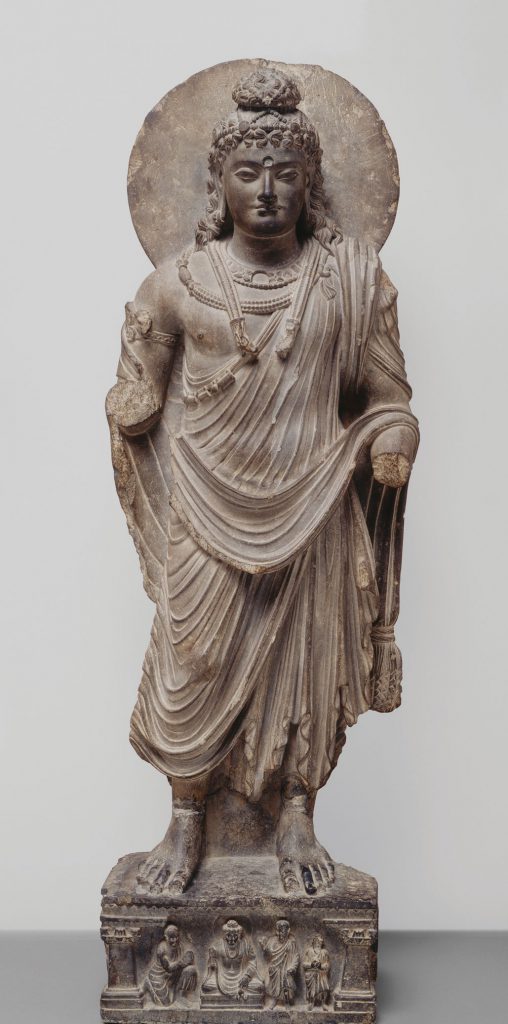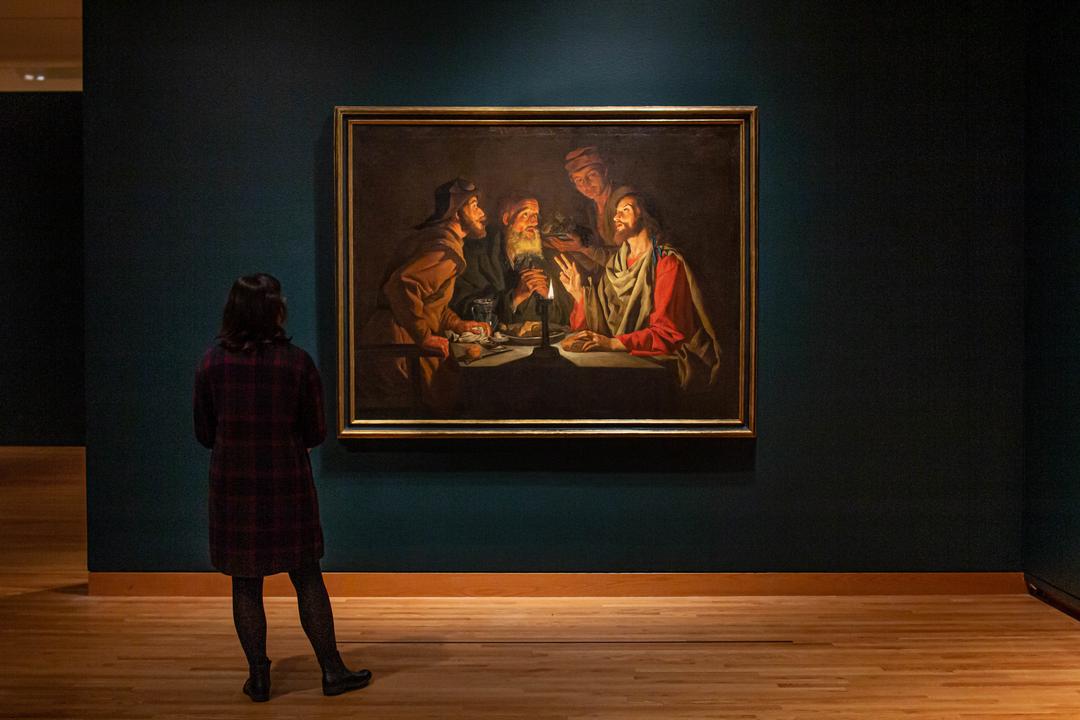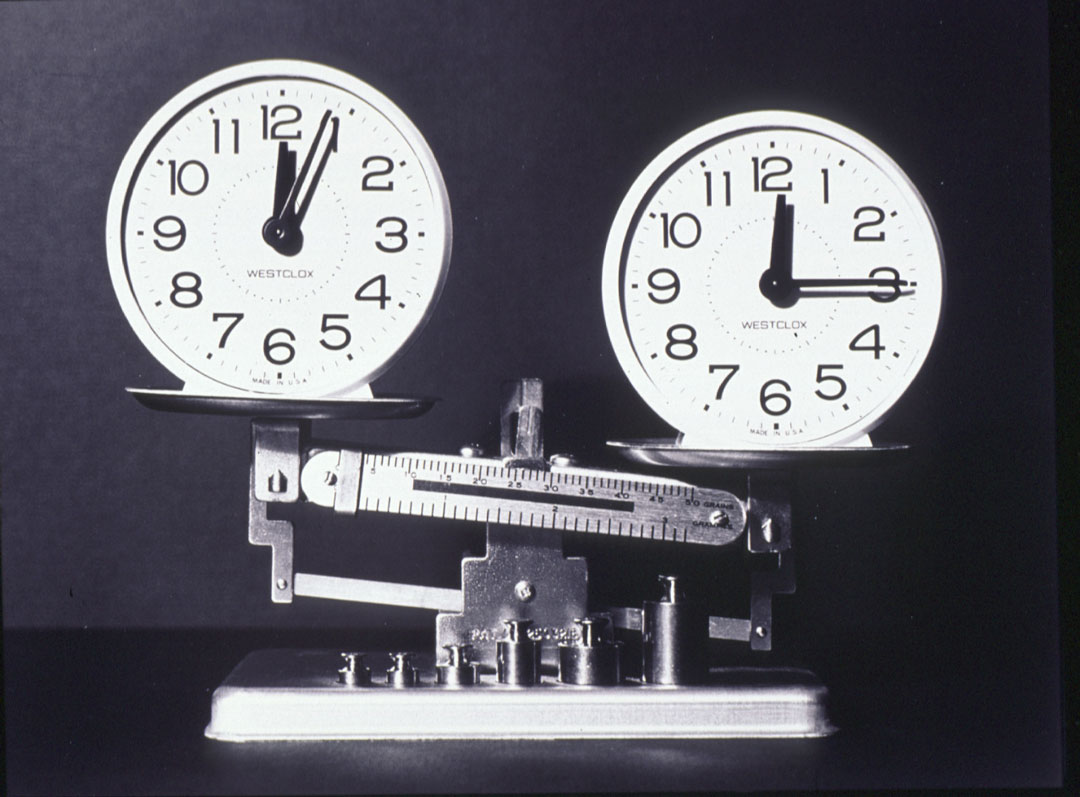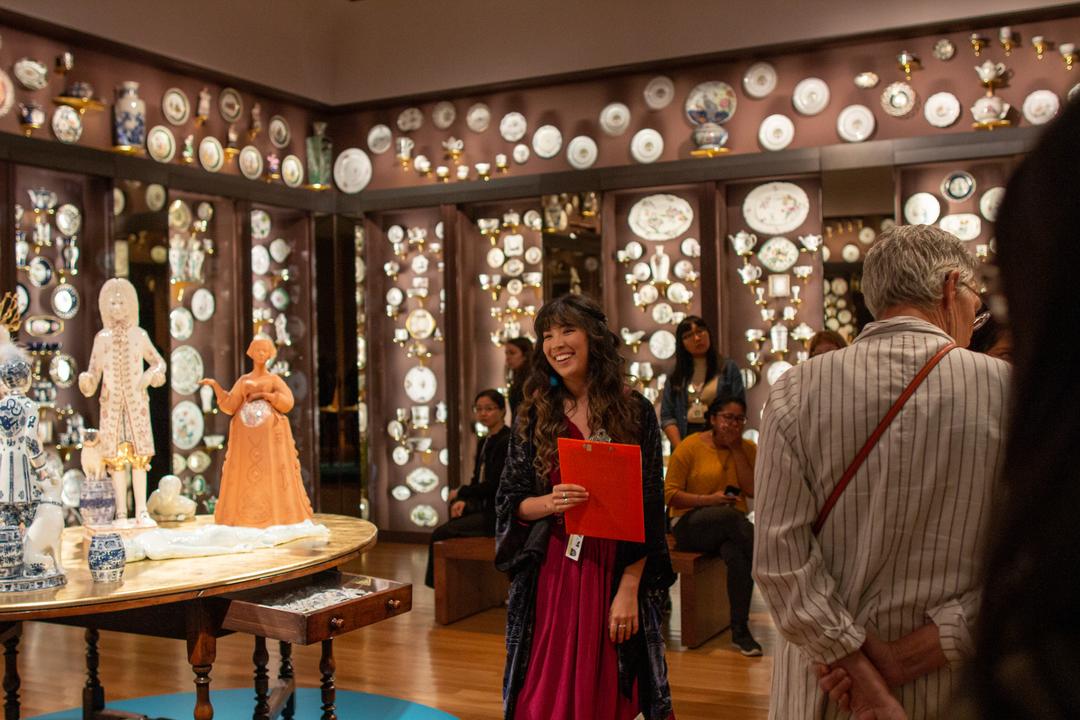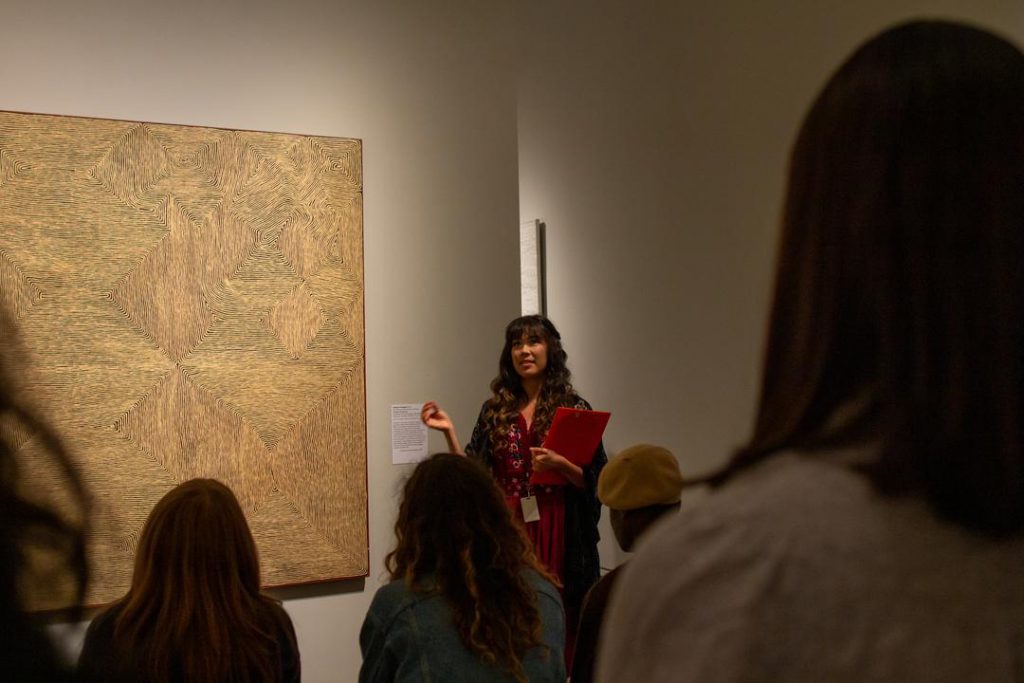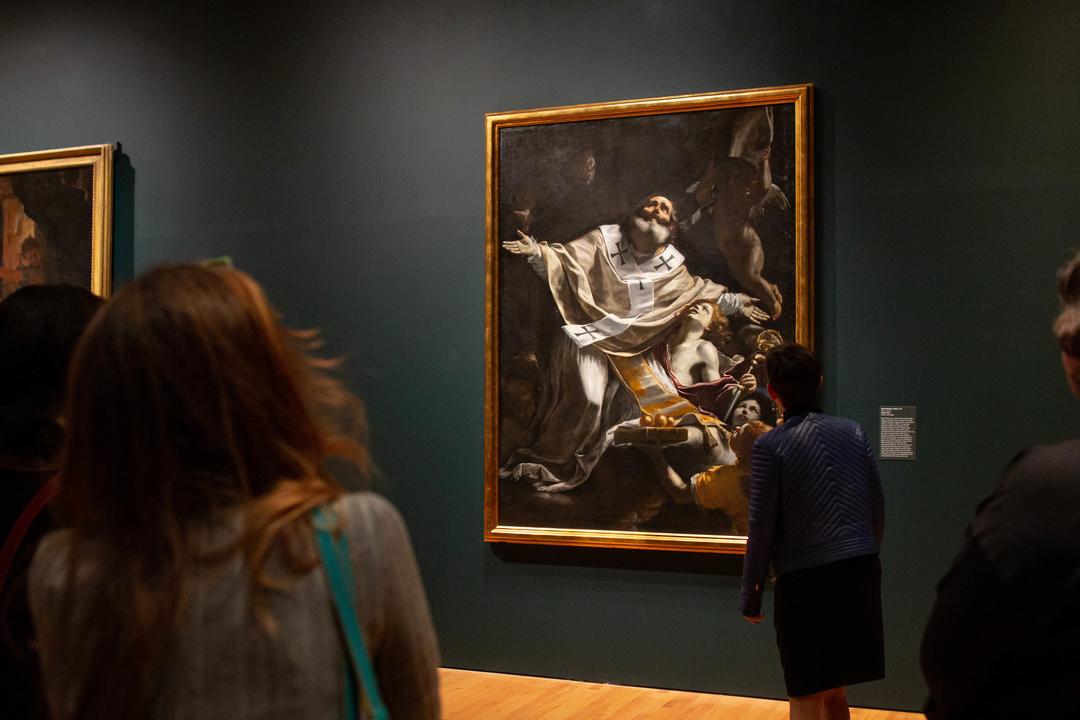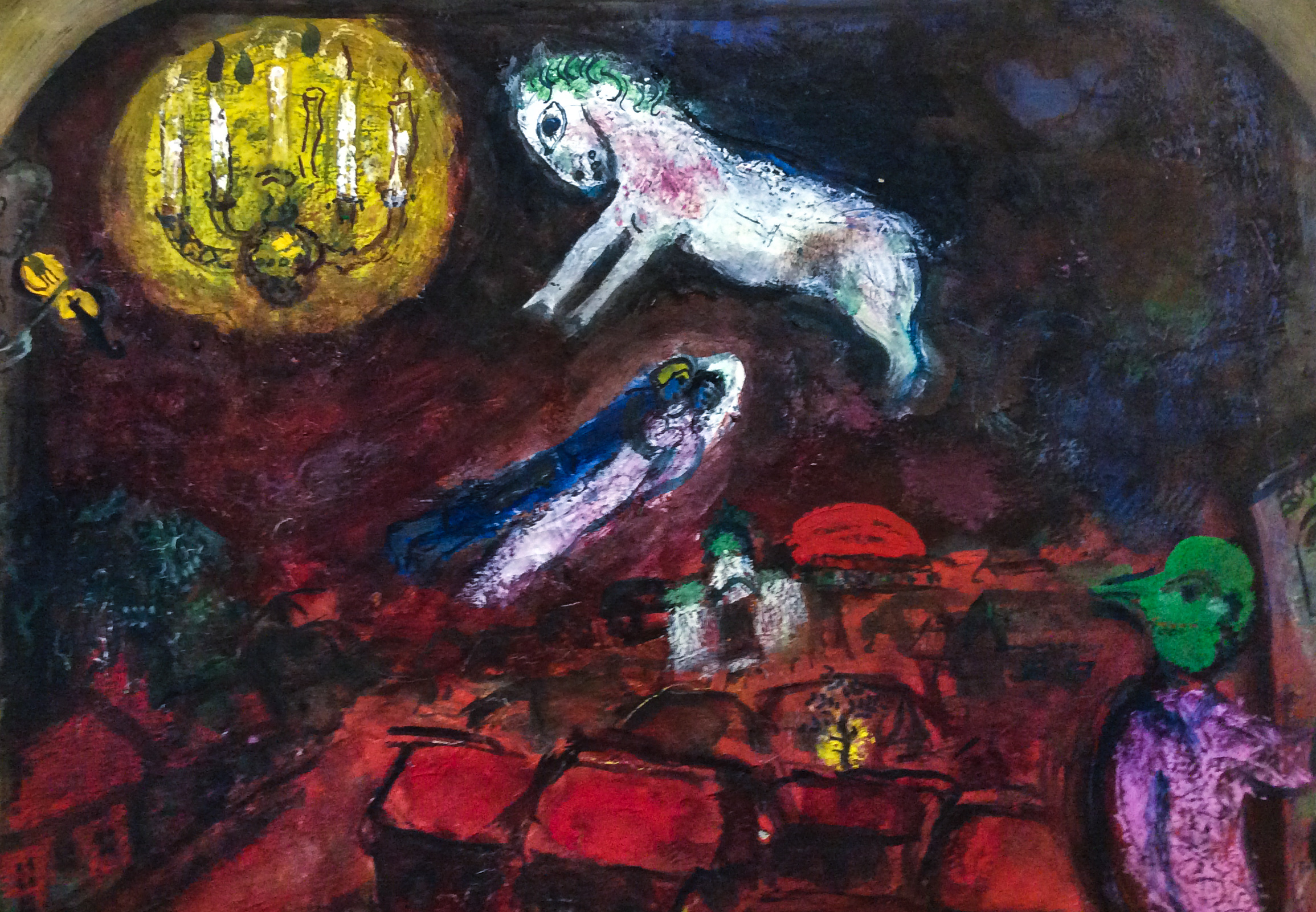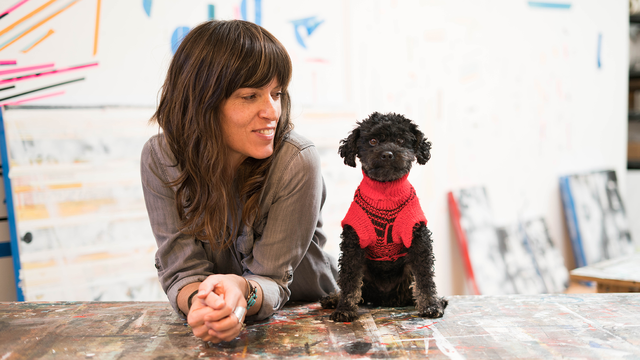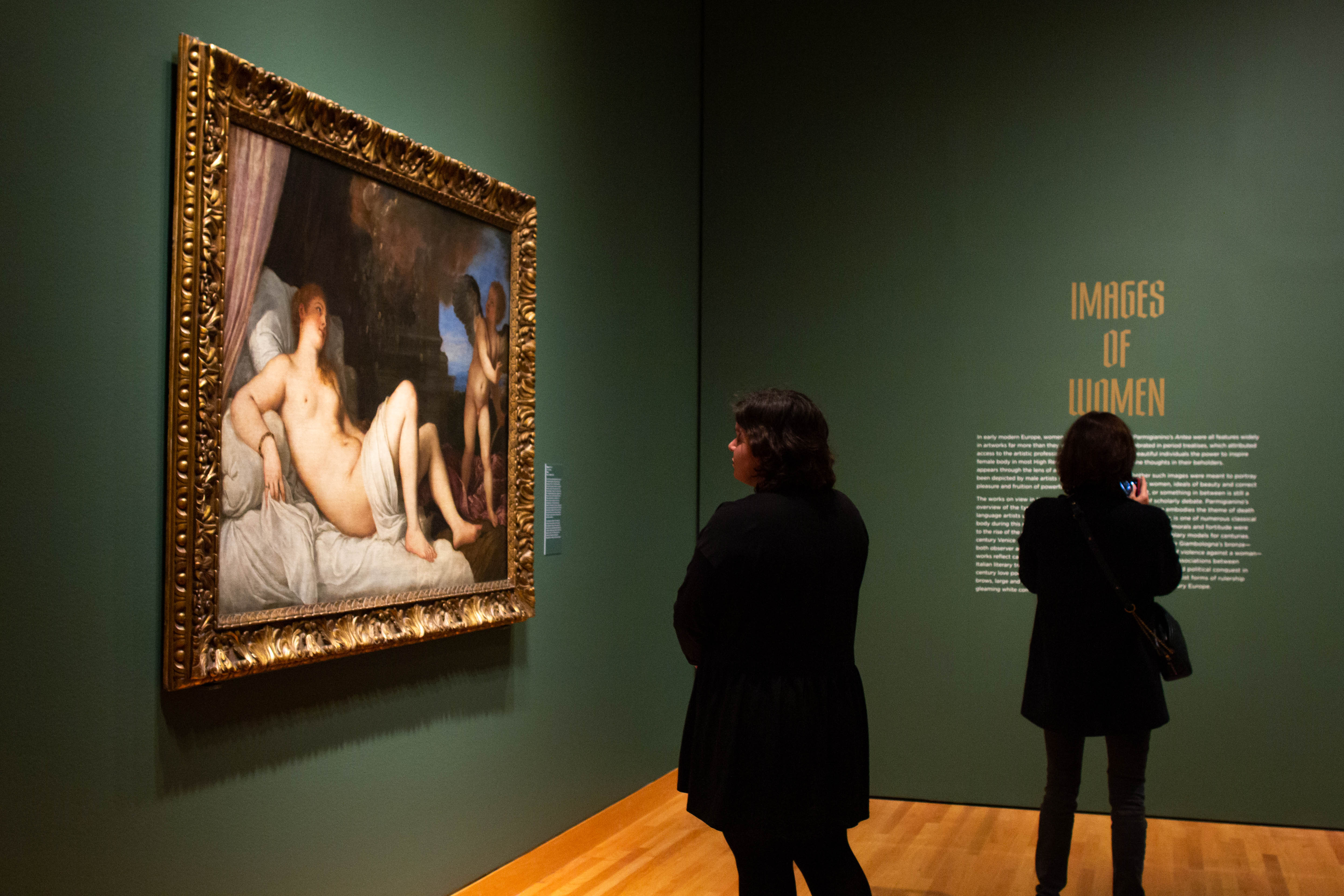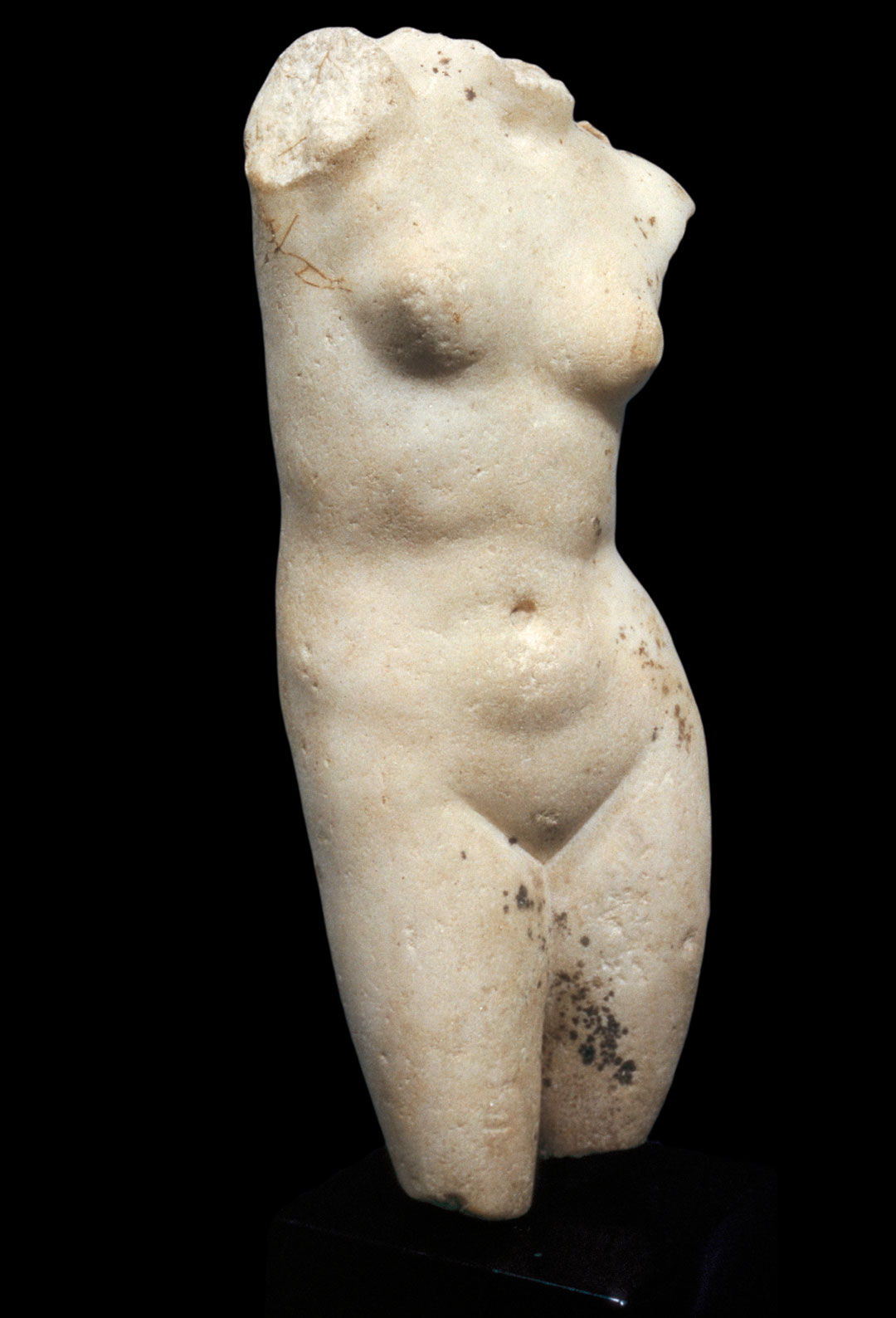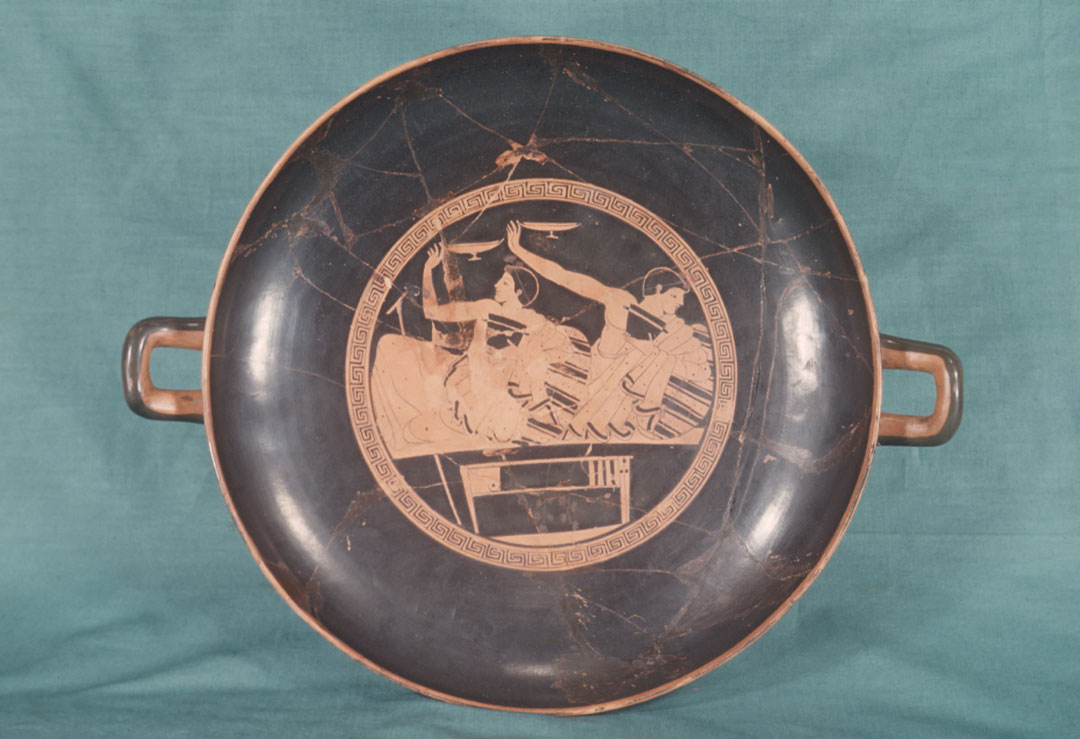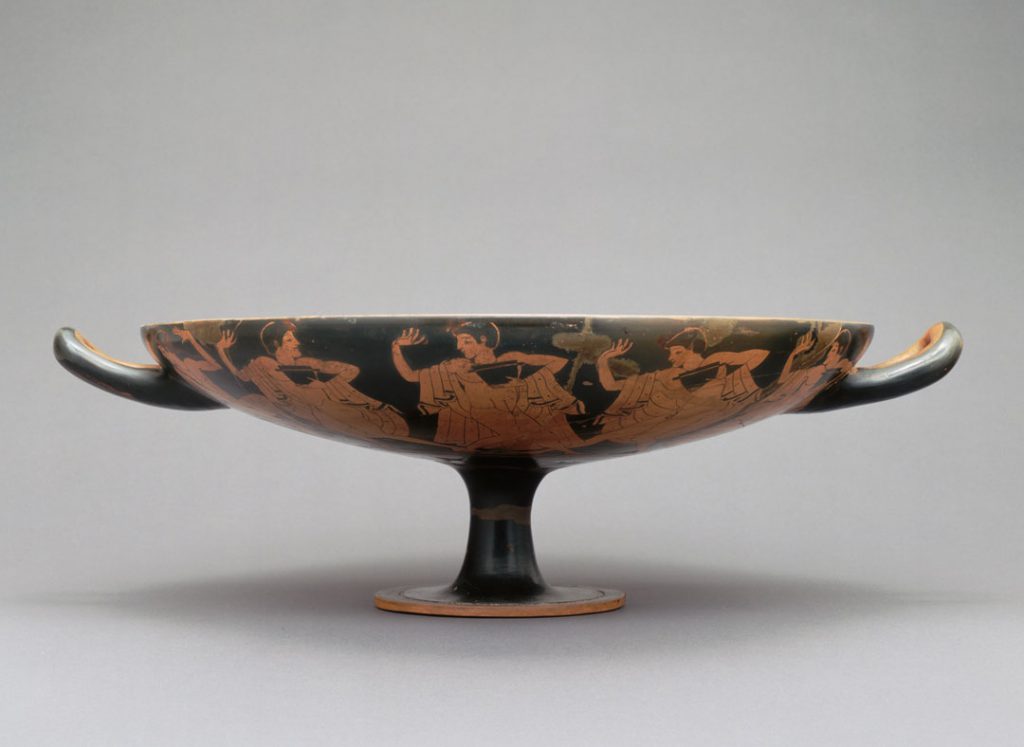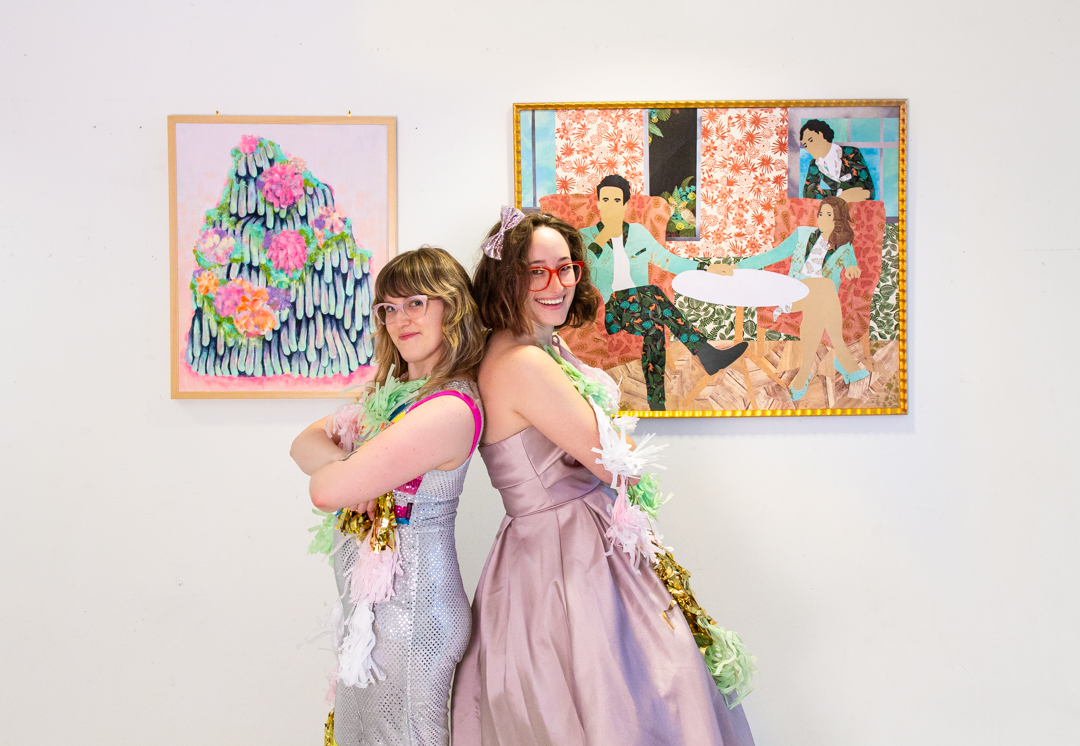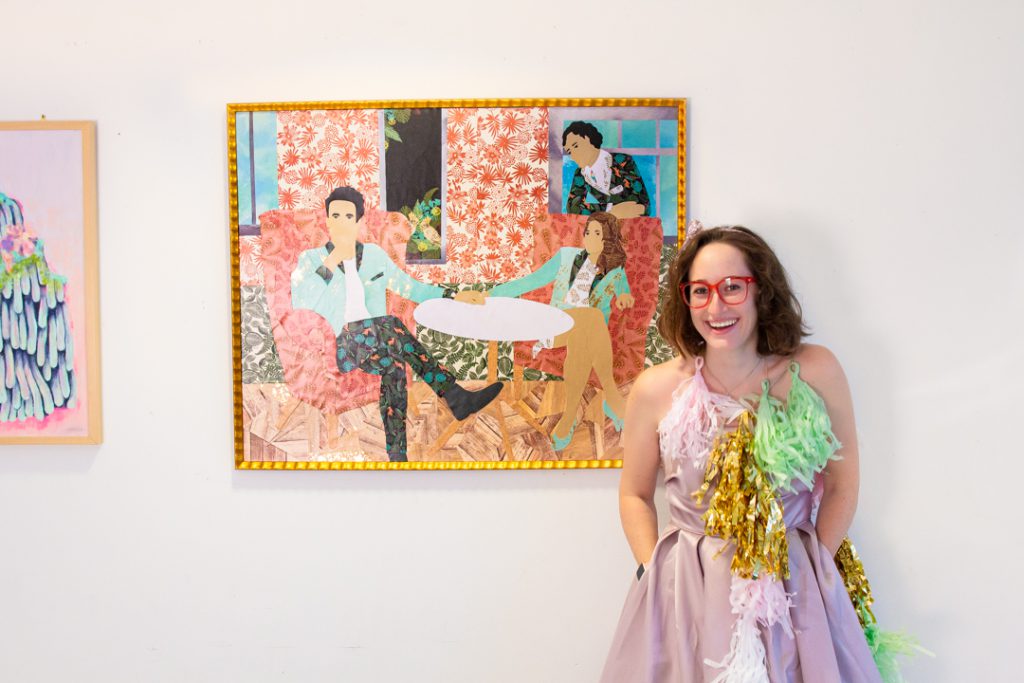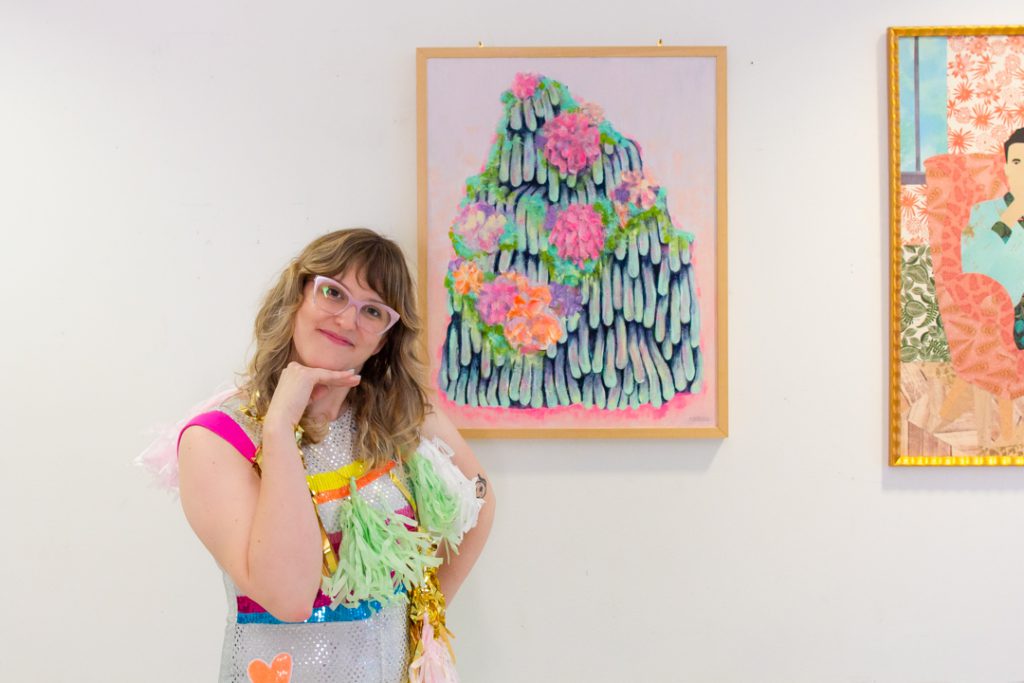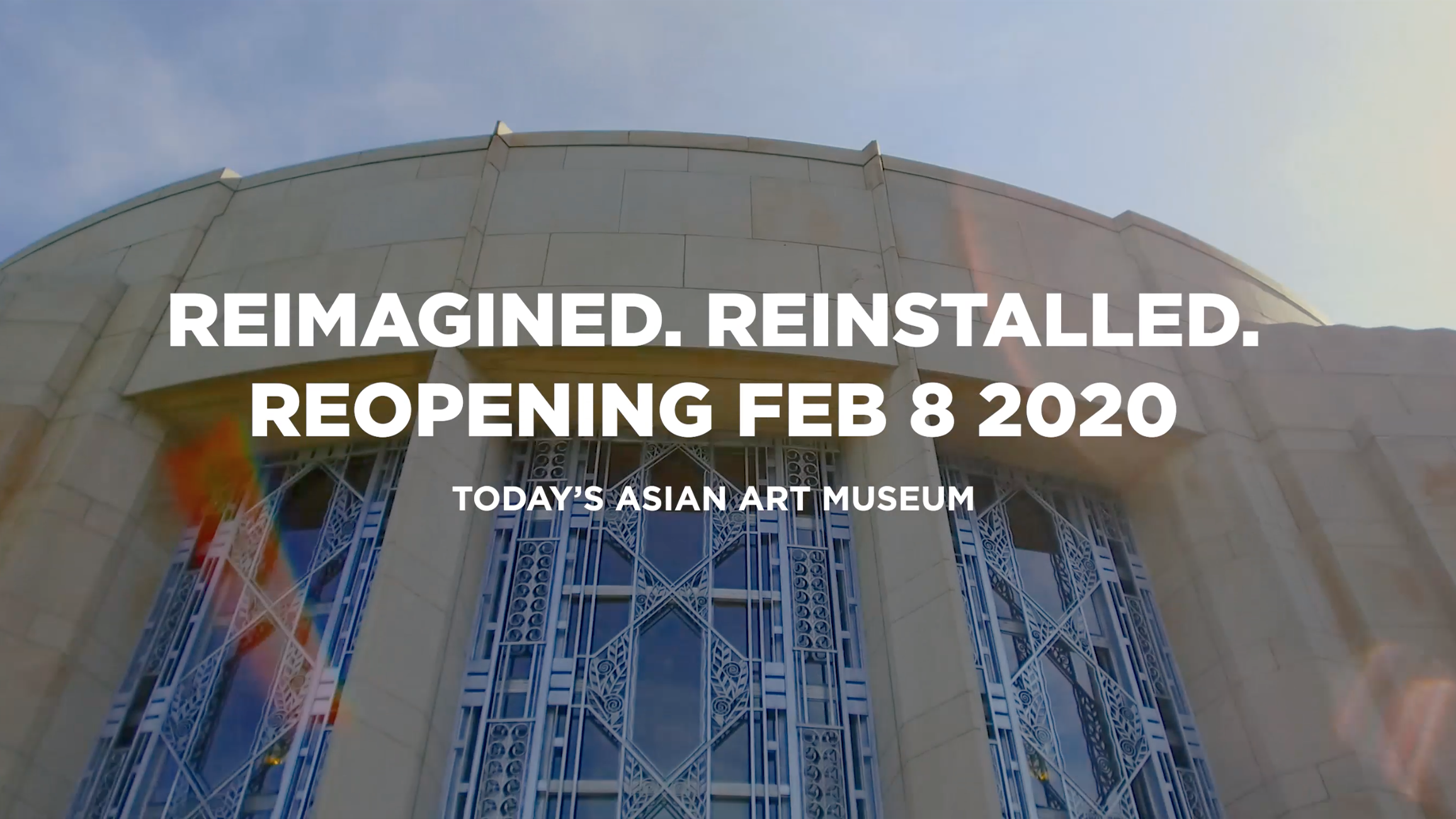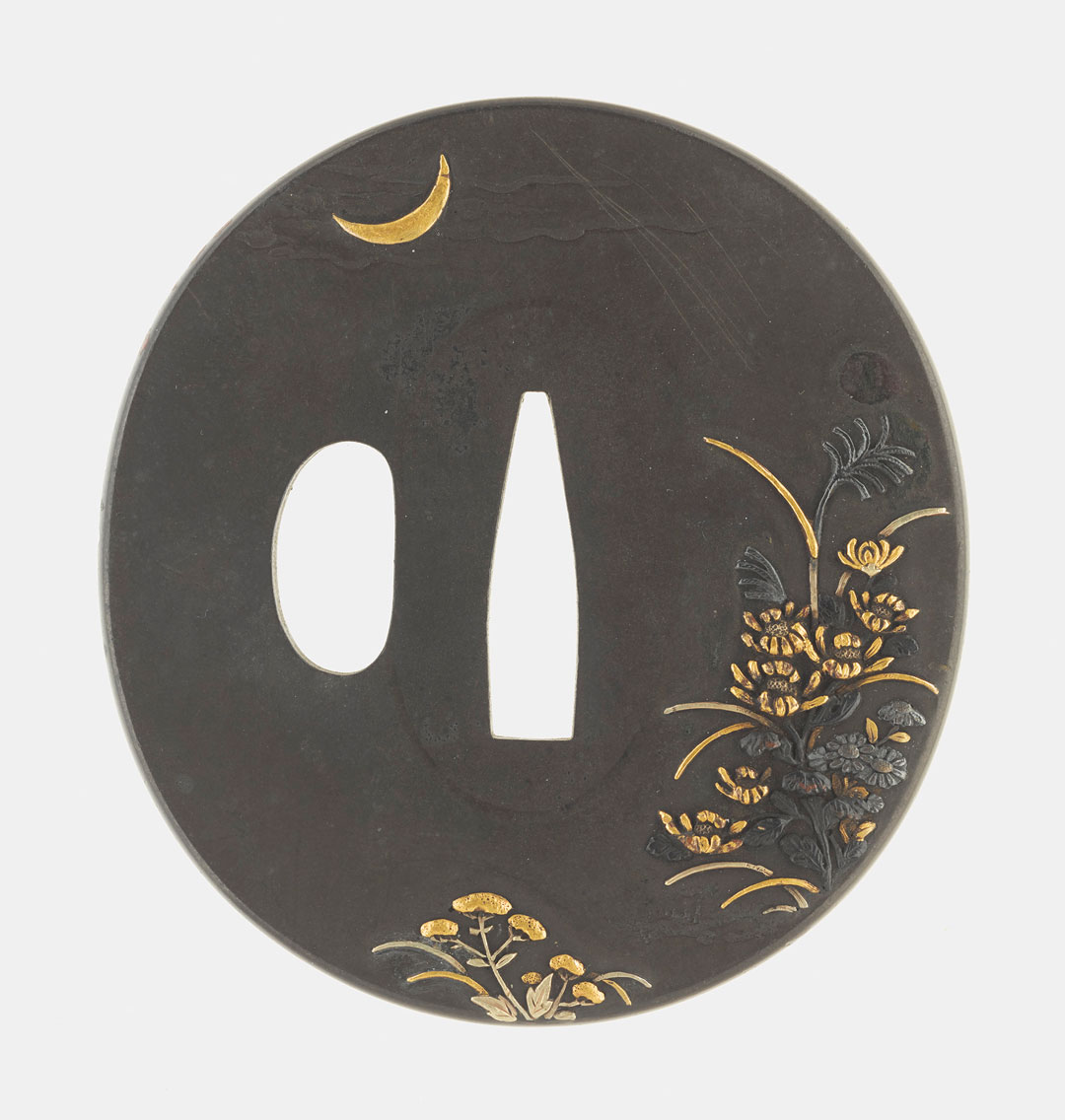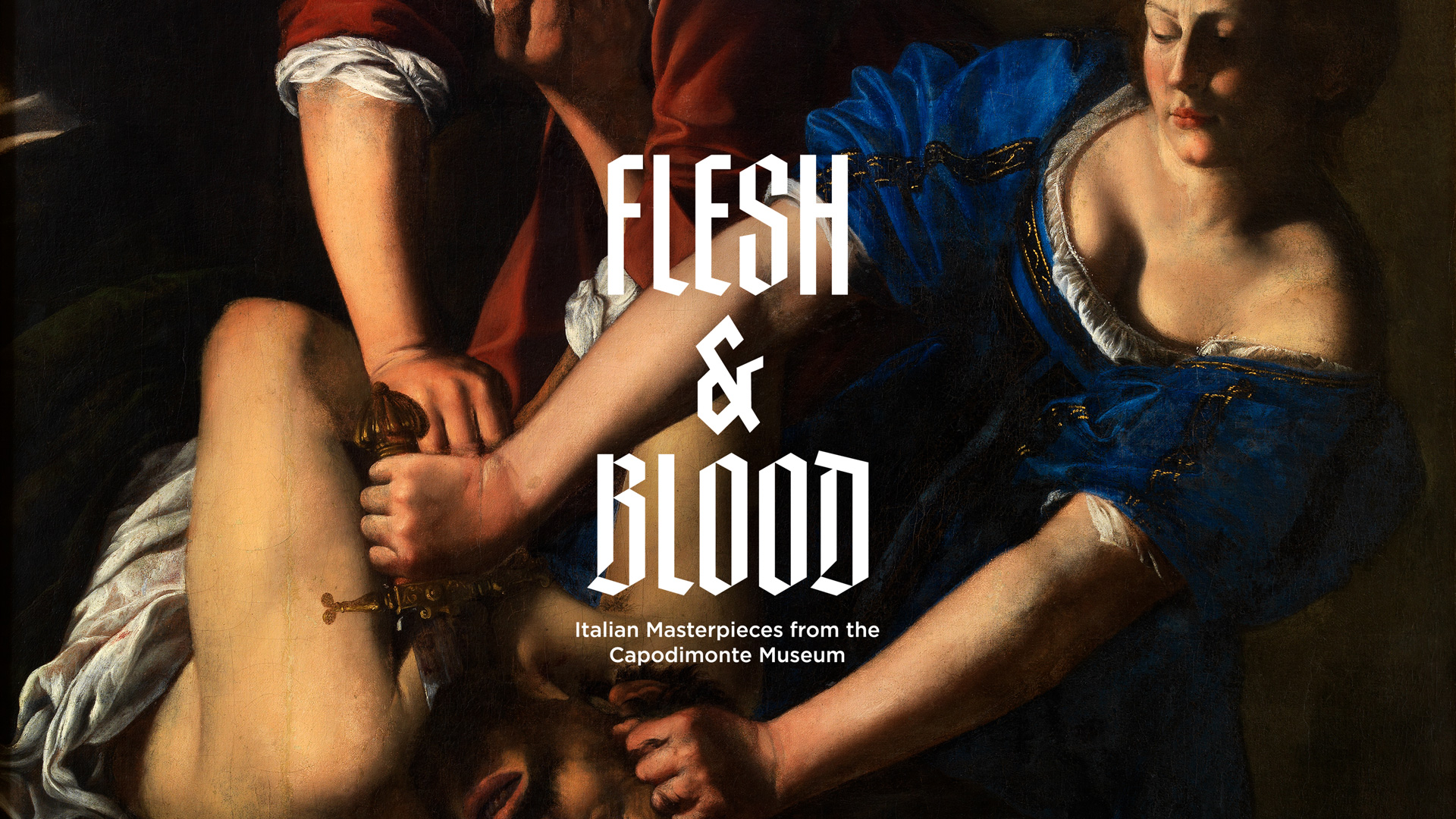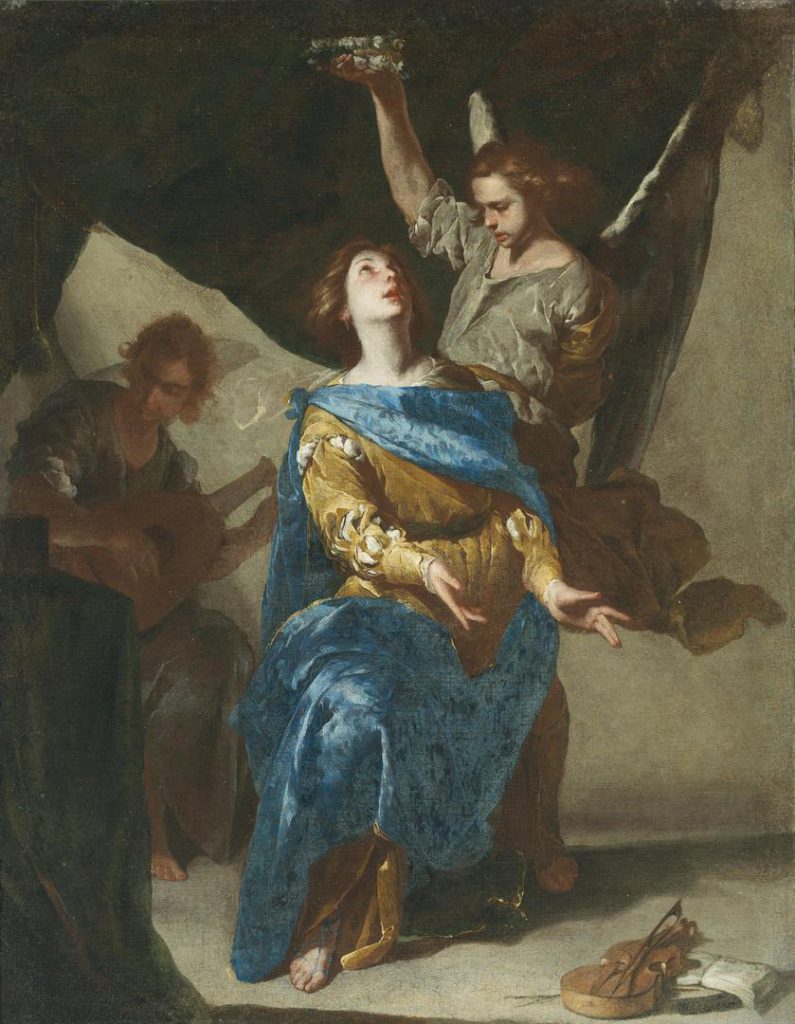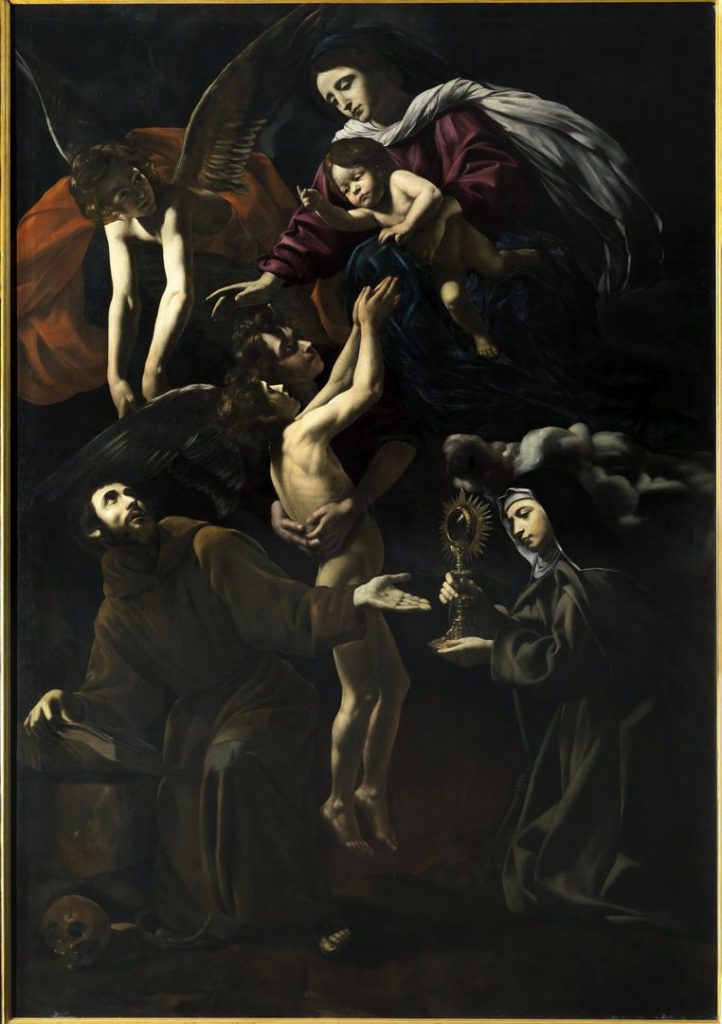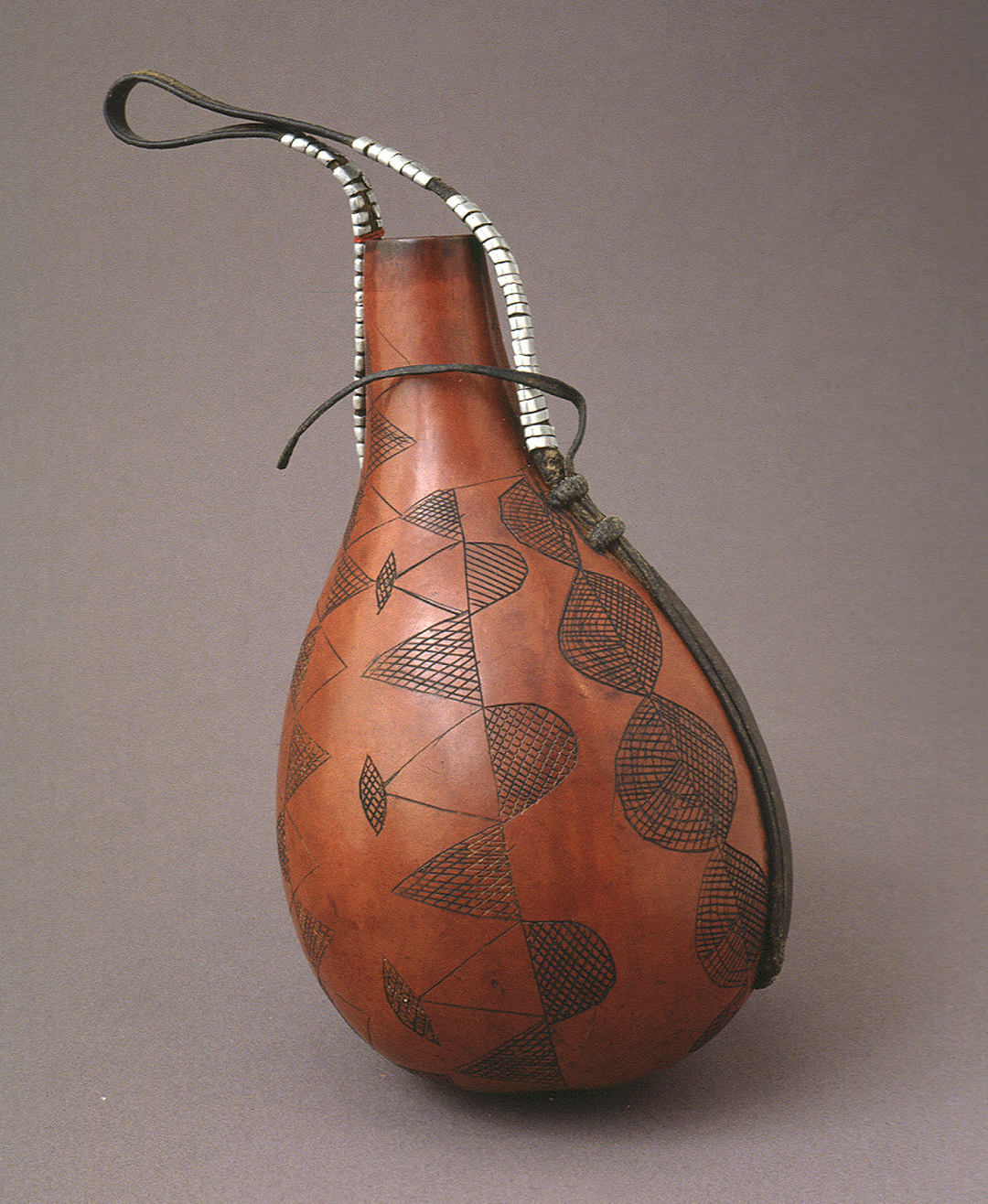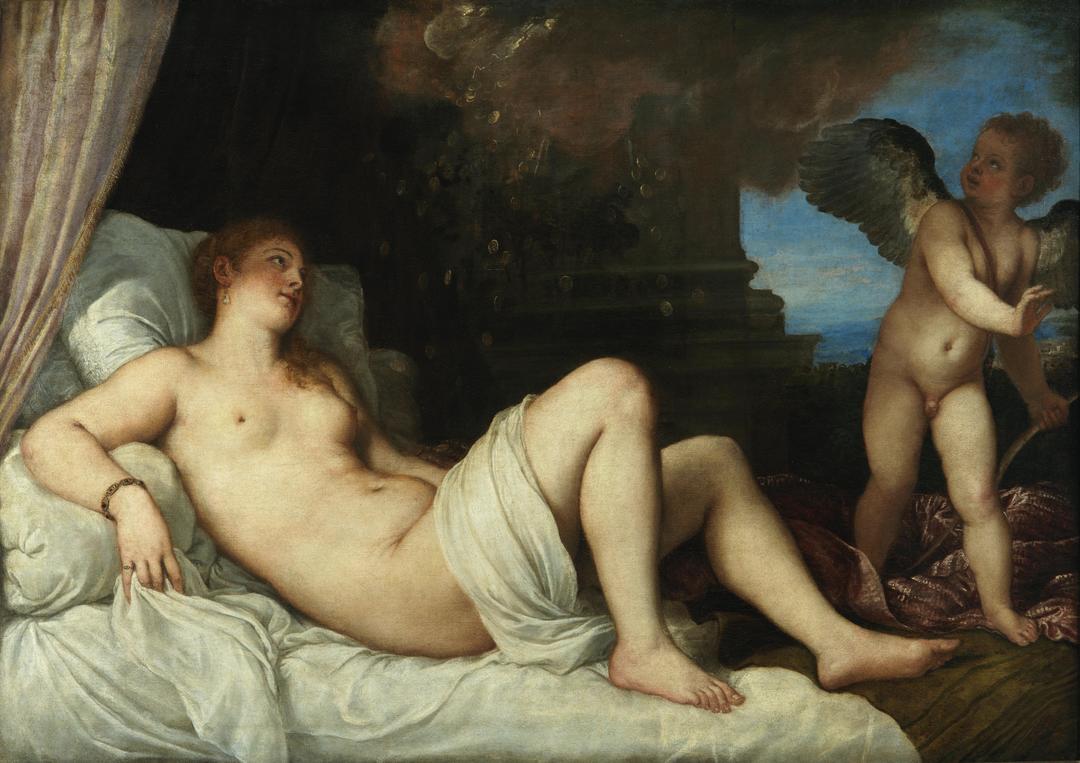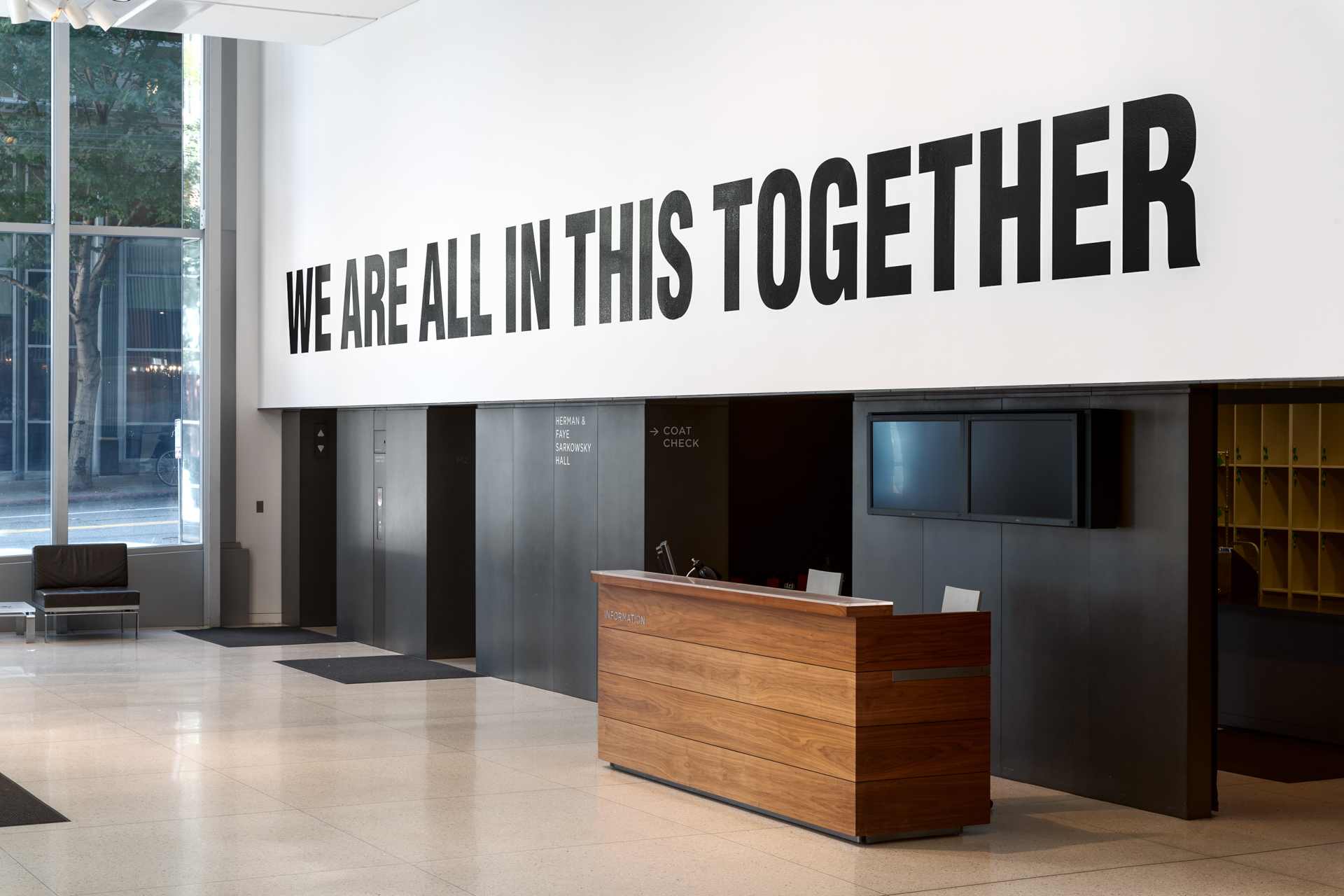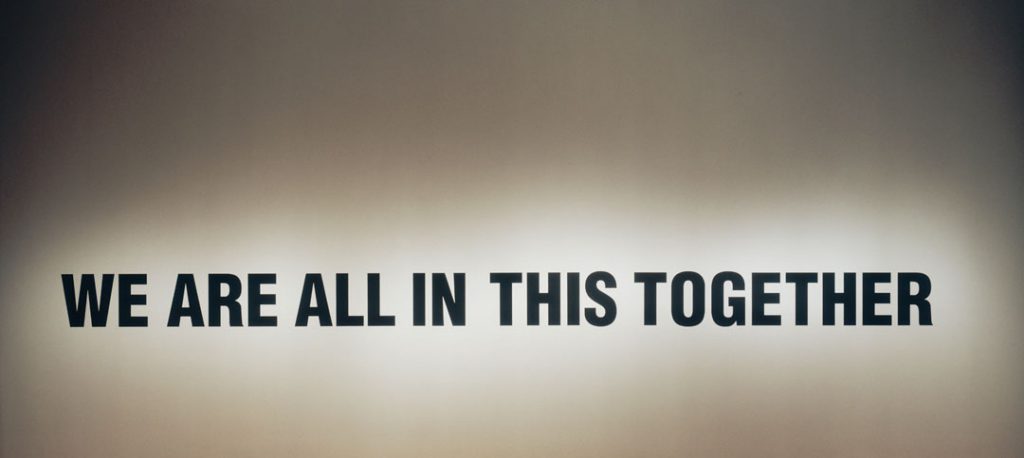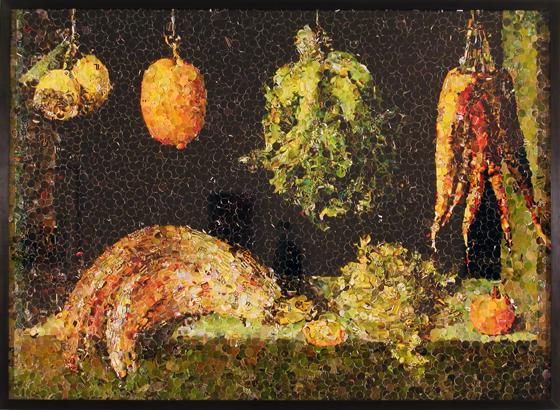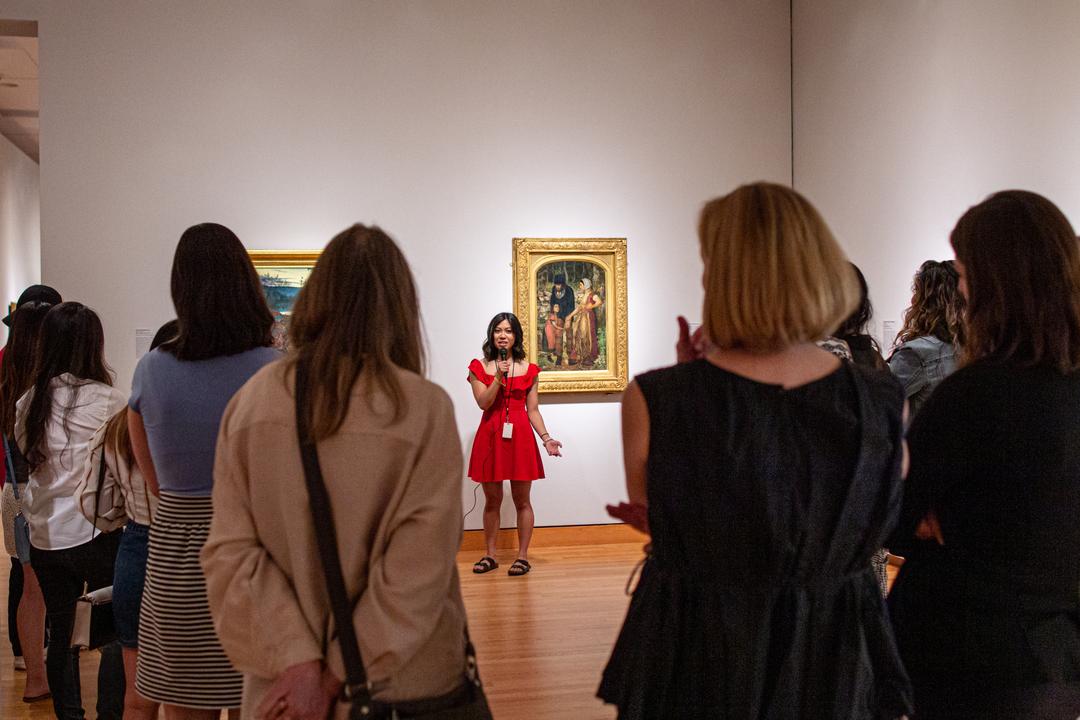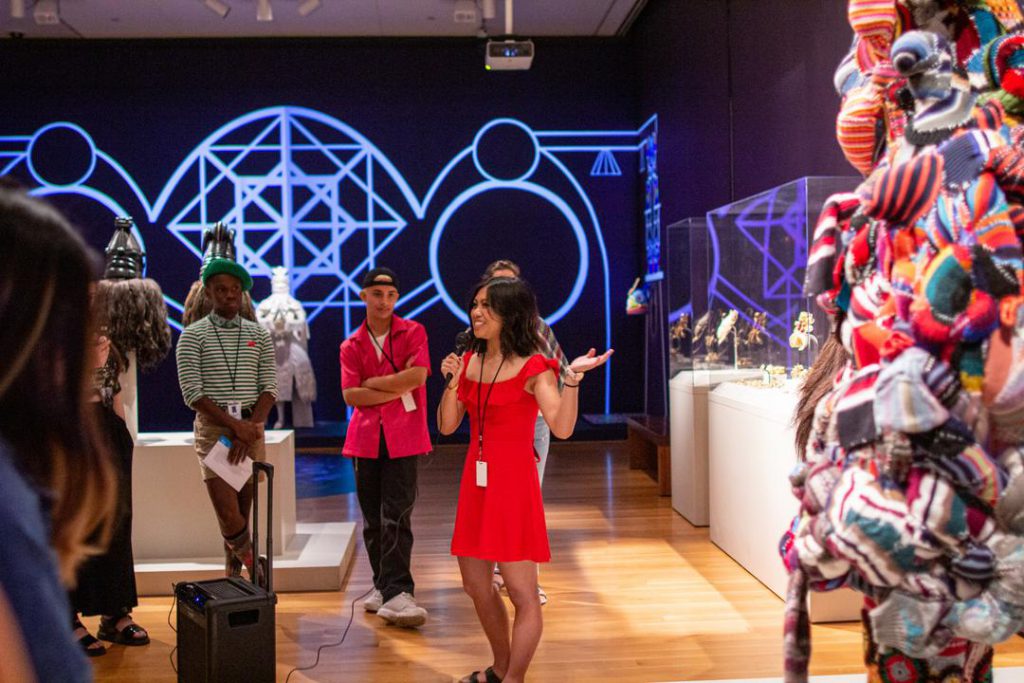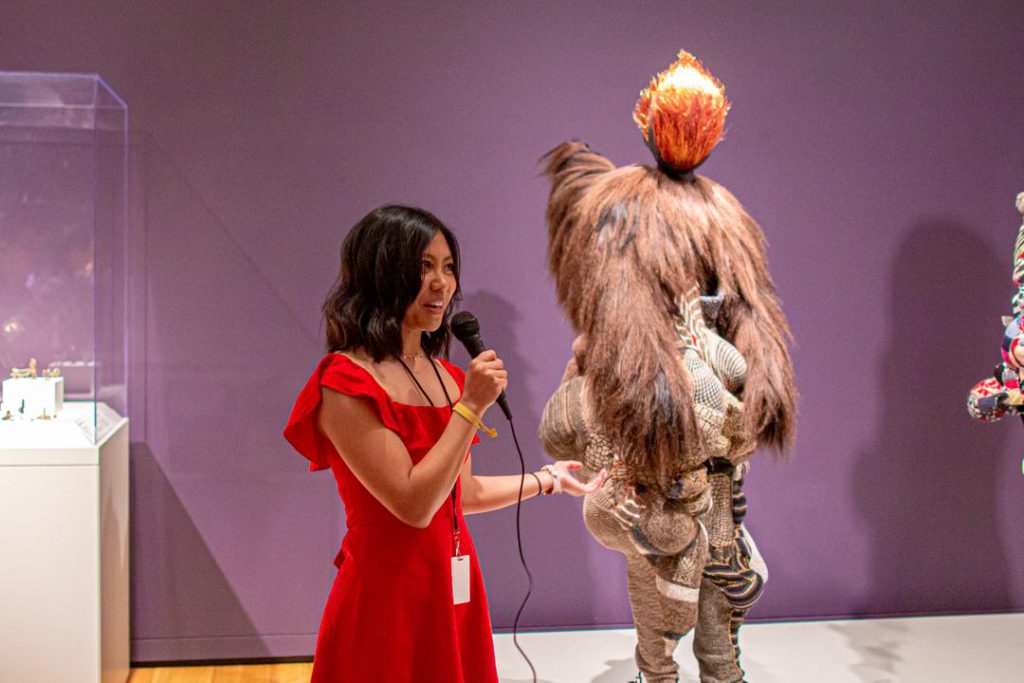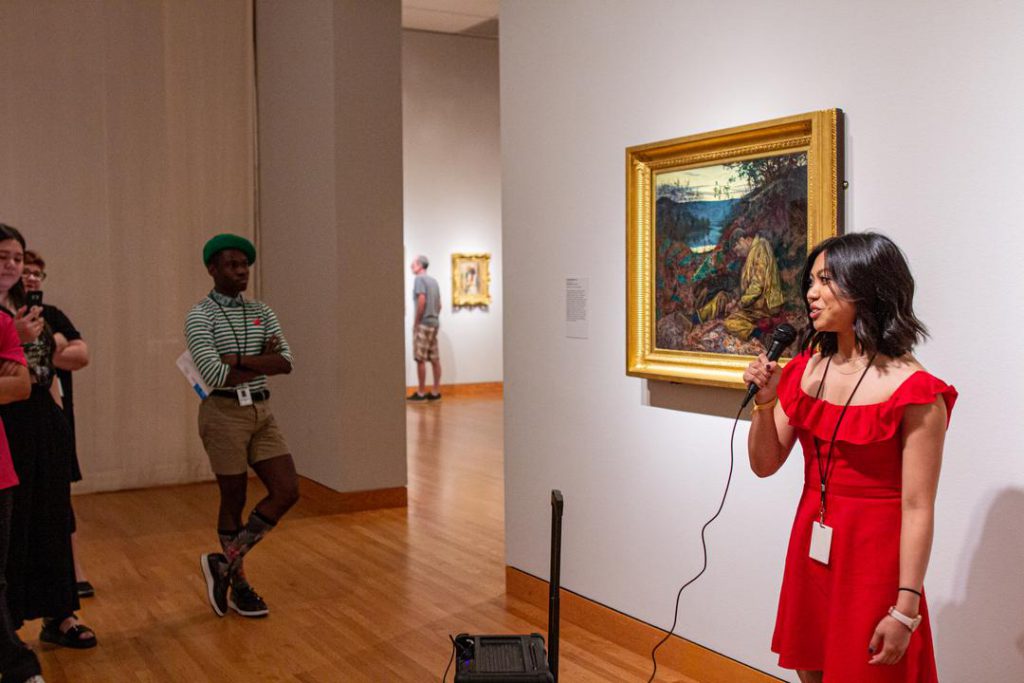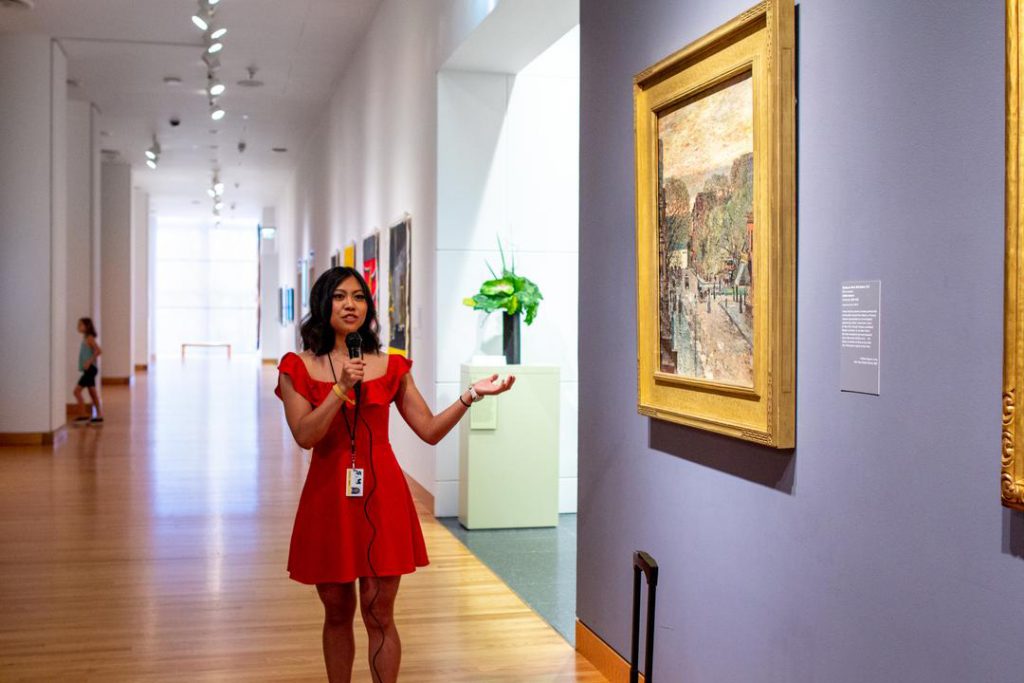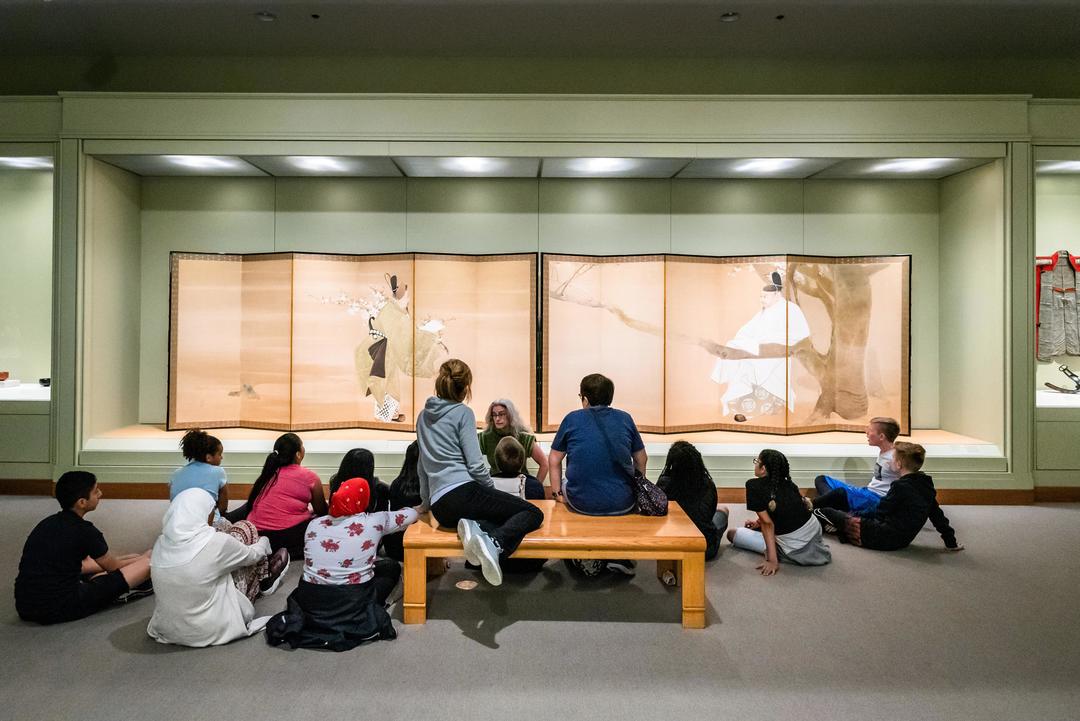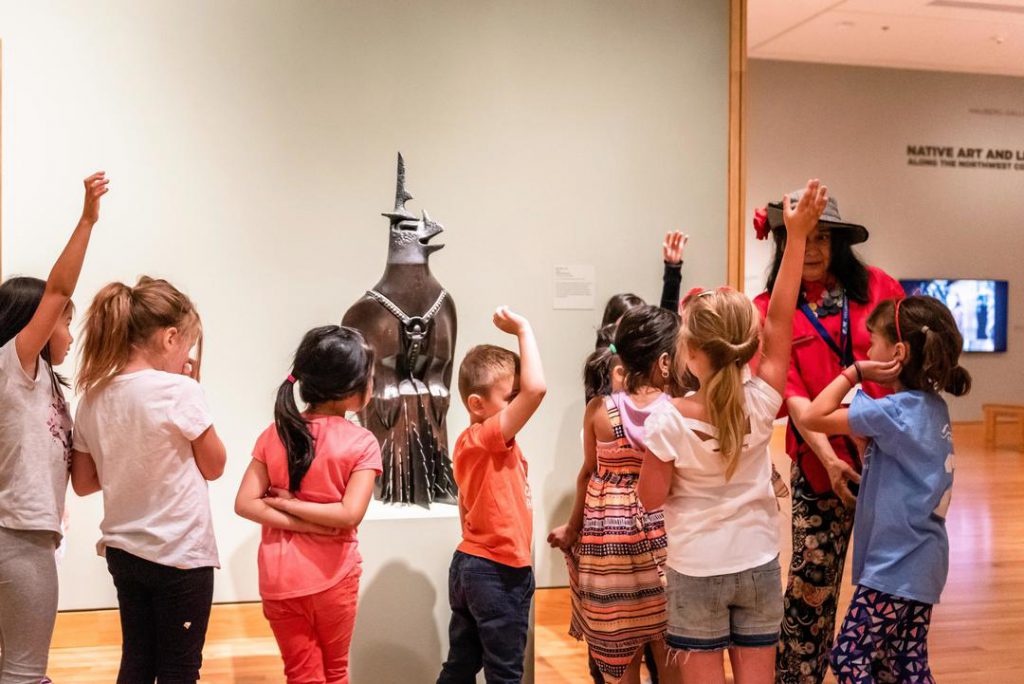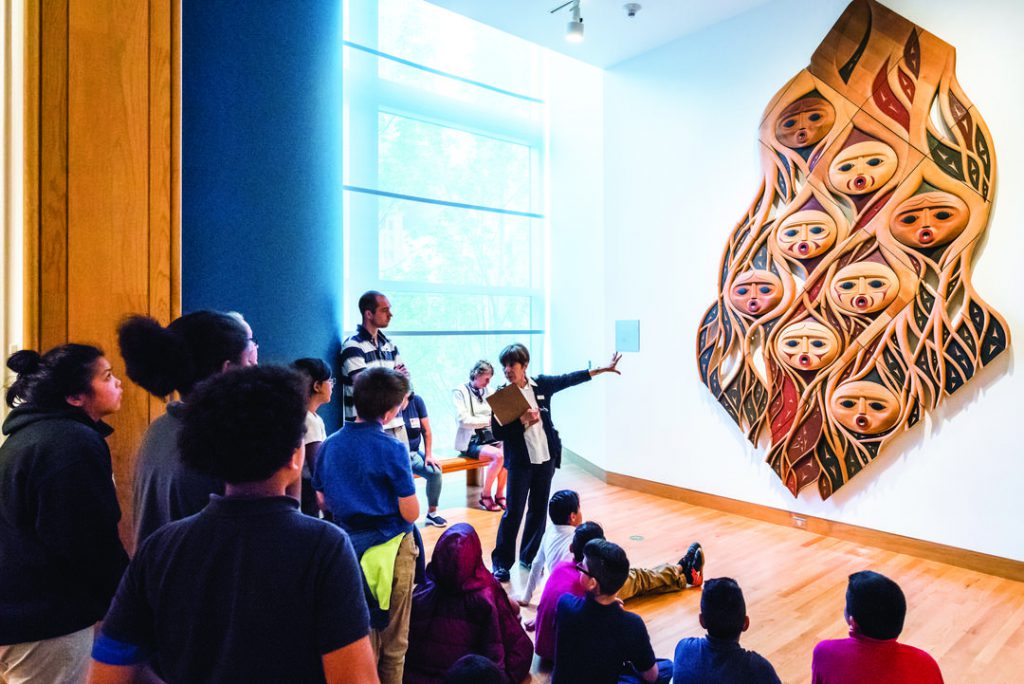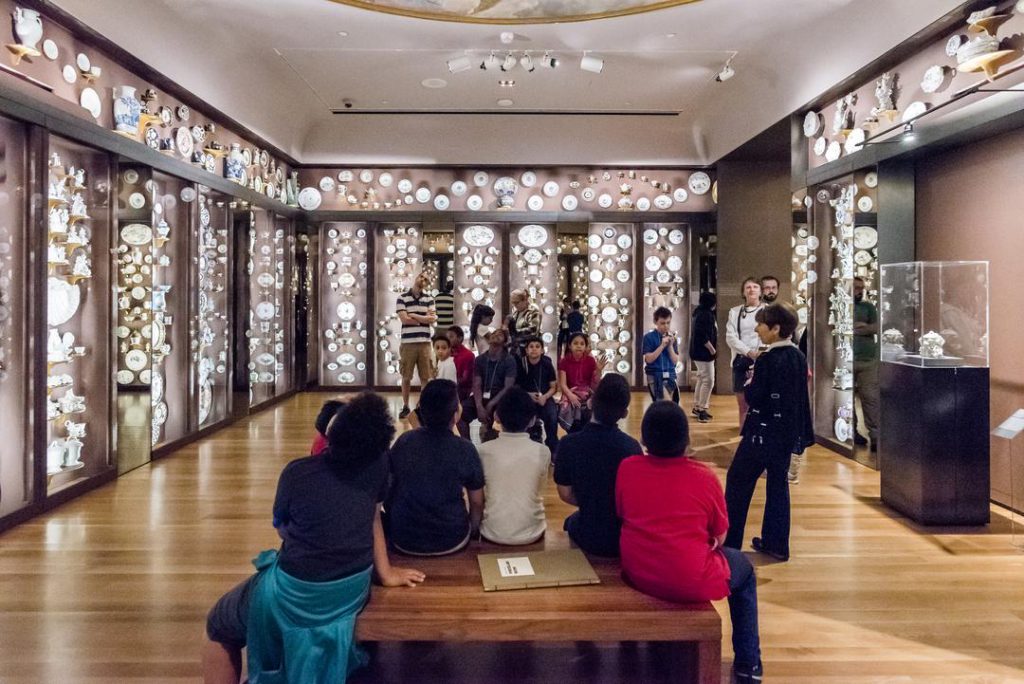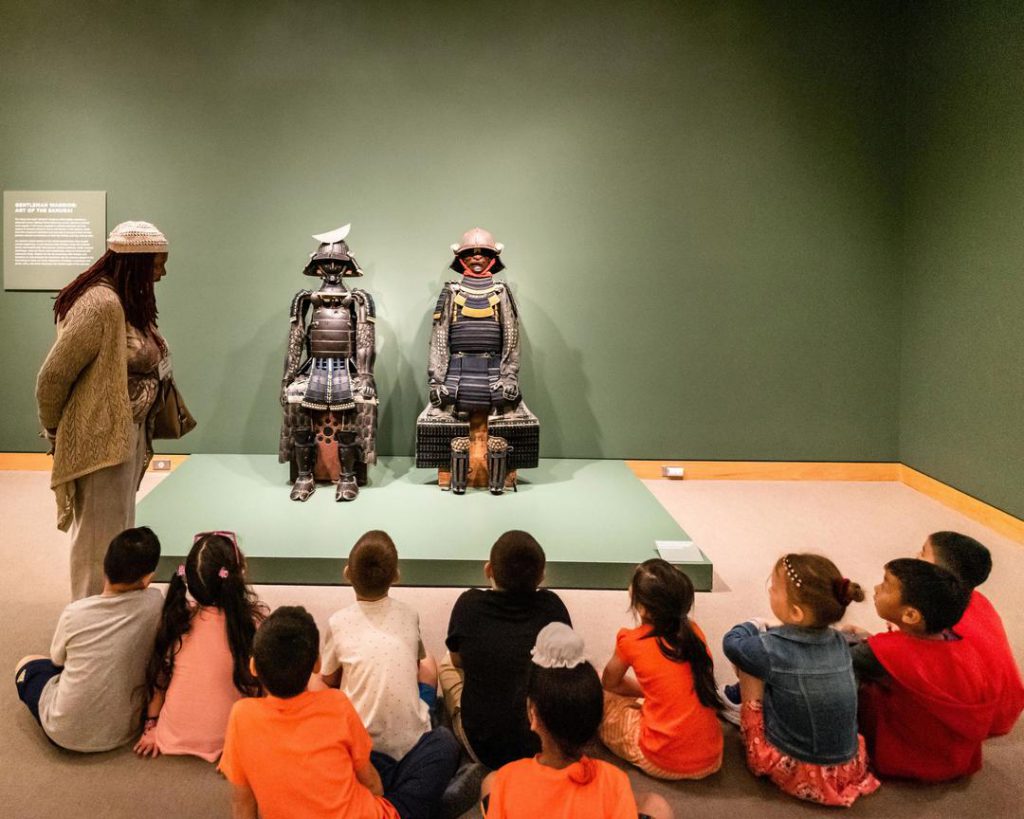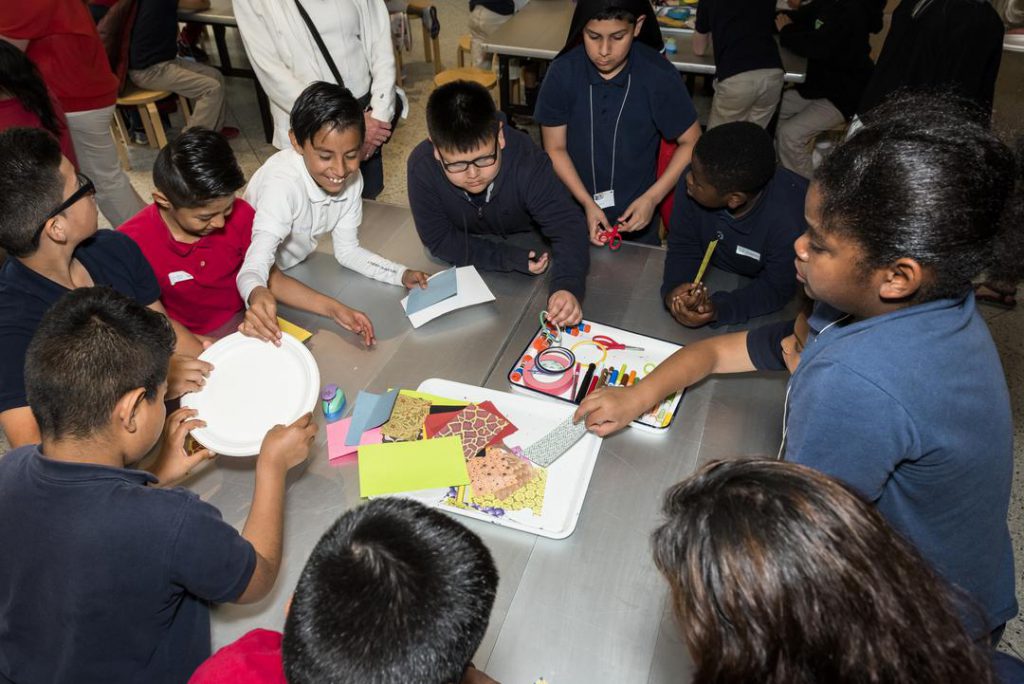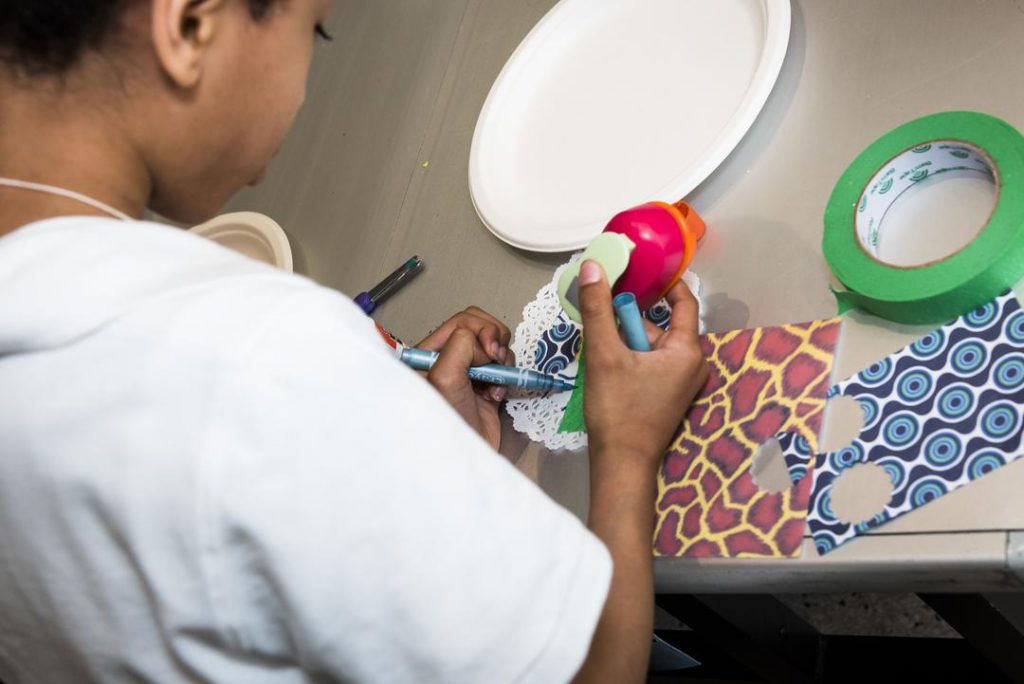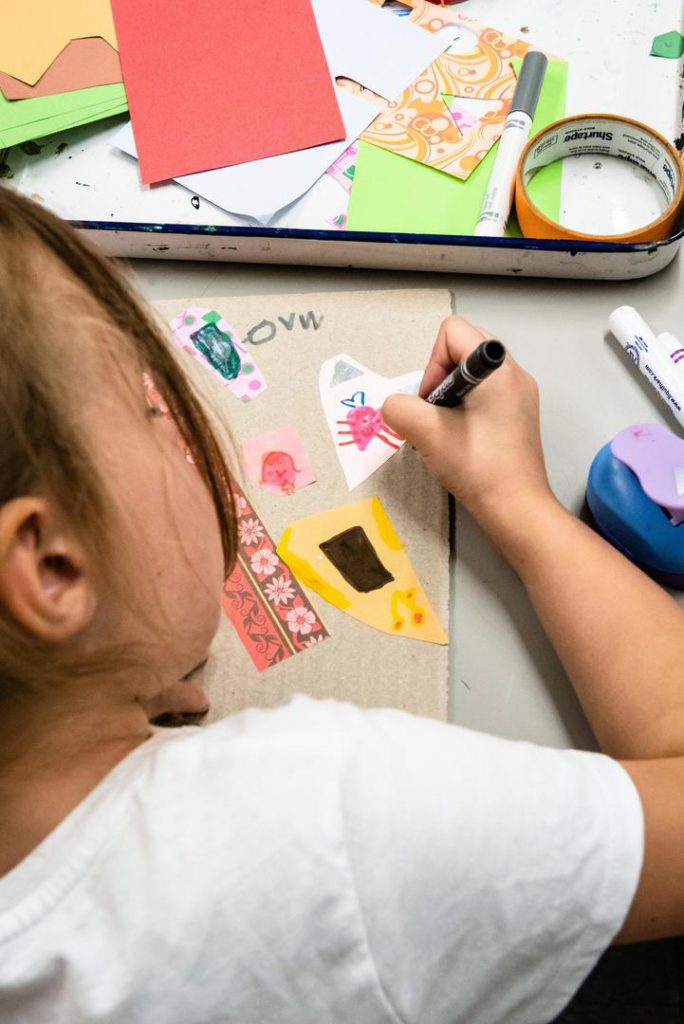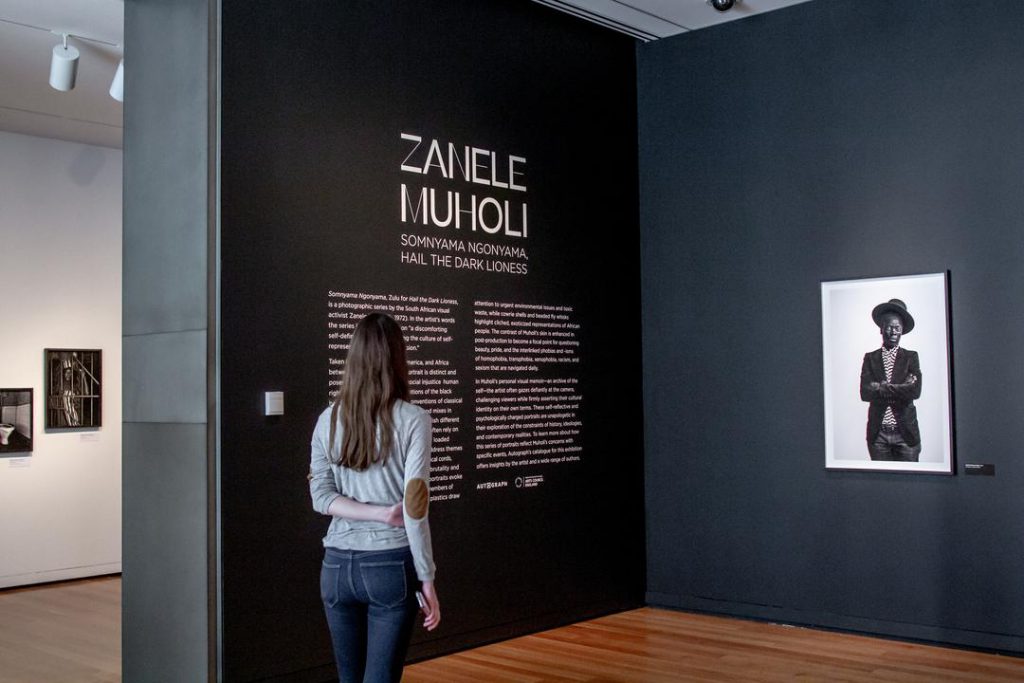The Dark, Divine Wonder of Naples Comes to SAM
Ask of Naples, and you will likely receive a description comprised of contradictions. A sprawling Italian city at the foot of towering Mount Vesuvius. A dense metropolis bordered by open sea. A vibrant place with a violent side to its history. Visitors to SAM through January 26, 2020, will become familiar with Naples through the exhibition Flesh and Blood: Italian Masterpieces from the Capodimonte Museum. Drawn from the collection of one of the largest museums in Italy—dramatically situated in a former palace, atop a hill overlooking Naples—the exhibition brings together renowned artists of the High Renaissance and Neapolitan Baroque periods as it explores the intersection of physical and spiritual existence.
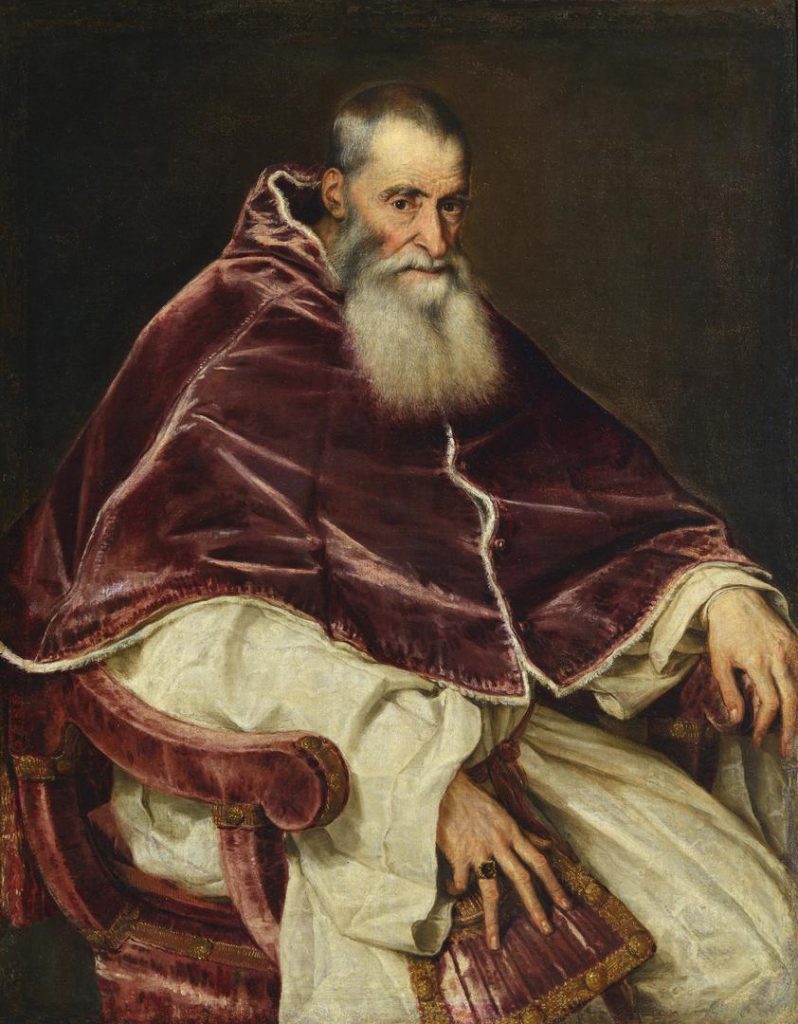
Naples has historically been claimed by a range of ruling powers, including the Spanish Empire for two centuries, beginning in 1503. At this time in Rome Alessandro Farnese was building a monumental collection of works by Italian Renaissance masters, including a powerful portrait of himself as Pope Paul III that he commissioned from Titian in 1543, which is on view in Flesh and Blood. This art collection was ultimately inherited by Charles of Bourbon, who brought it to Naples when he assumed power over the city in 1735.
“I am struck by the way that Neapolitan artists seem to collapse the distance between heaven and earth. This was also my sense of Naples itself—the sea, the dense city, and the hills are all squeezed into a narrow space, so you get the most amazing visual juxtapositions,” says Chiyo Ishikawa, Susan Brotman Deputy Director for Art and Curator of European Painting and Sculpture. Juxtapositions are also pronounced in the development of the chiaroscuro style of painting that became a signature of the Baroque era.
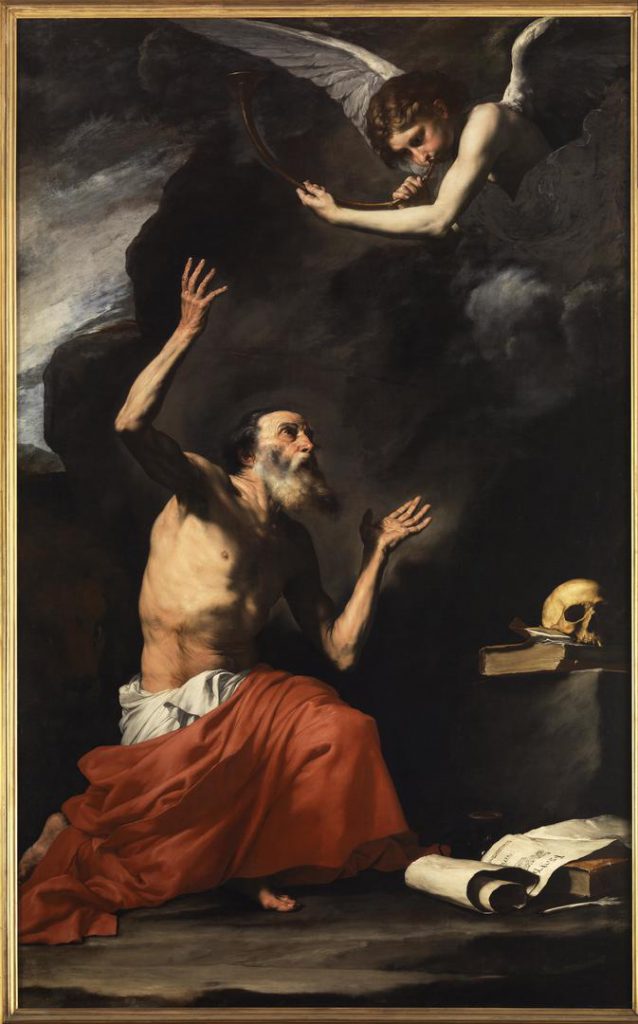
In the early 17th century, a uniquely Neapolitan school of painting emerged. Among the school’s founders, was Naples native Battistello Caracciolo (1578–1635), whose stunning painting, The Virgin Rescuing Souls from Purgatory (1622–1623) presents a group of figures—saintly and earthly alike—against a darkened background that at once feels confined and infinite. Also featured prominently is Jusepe de Ribera (1591–1652), a Spanish painter who relocated to Naples in 1611. Like many of the works in this exhibition, his dramatic portrayal of Saint Jerome and the Angel of Judgement (1626) echoes the vivid contrasts of Naples, eternally oscillating between an enthralling light and a violent darkness. Visit Flesh and Blood to develop your own sense of Naples.
